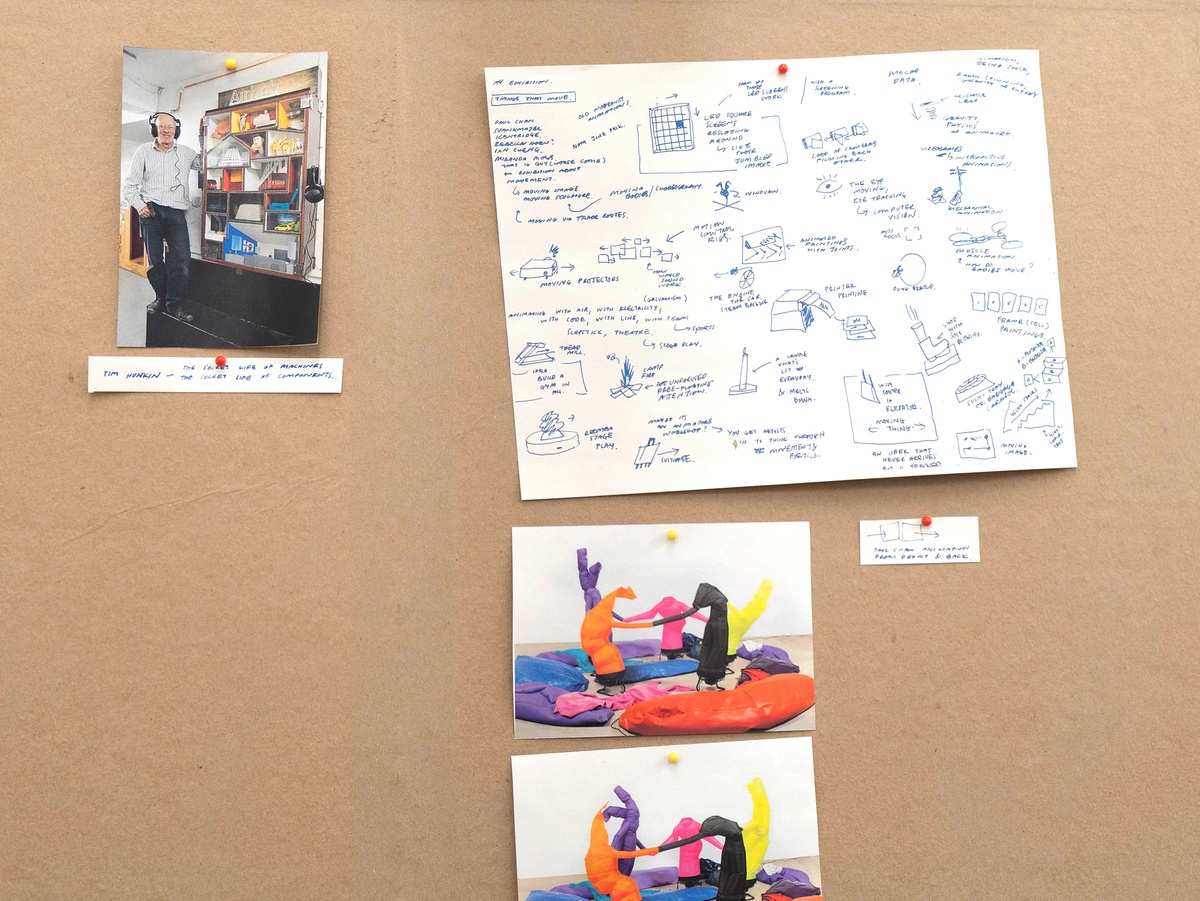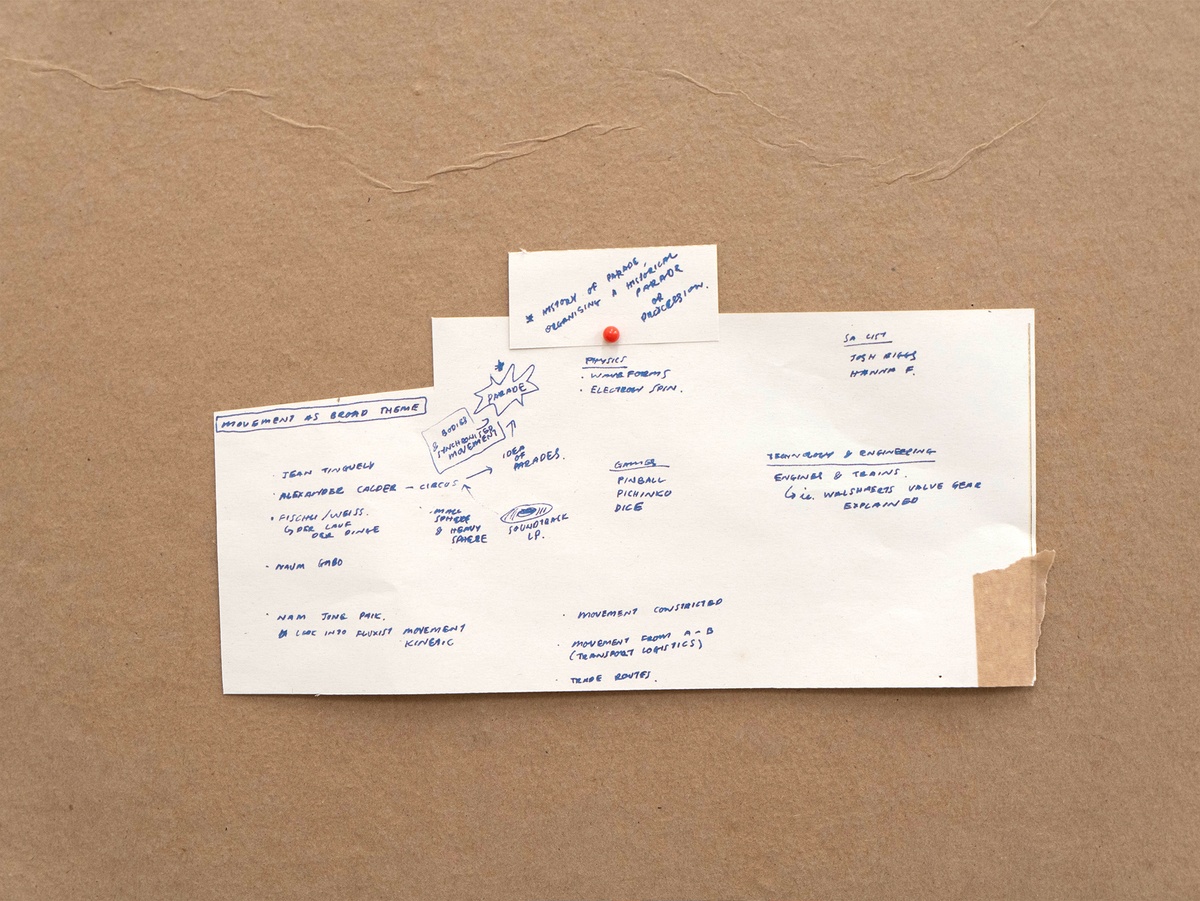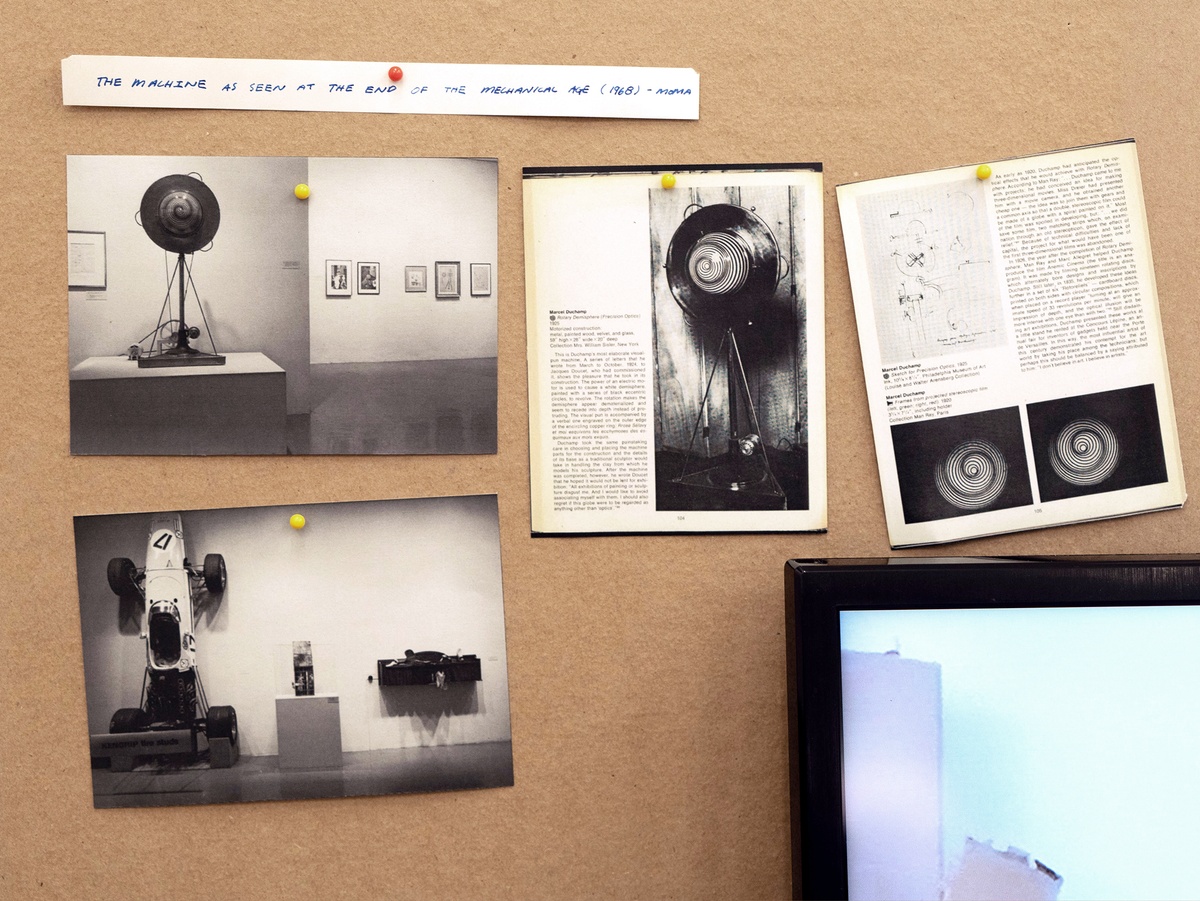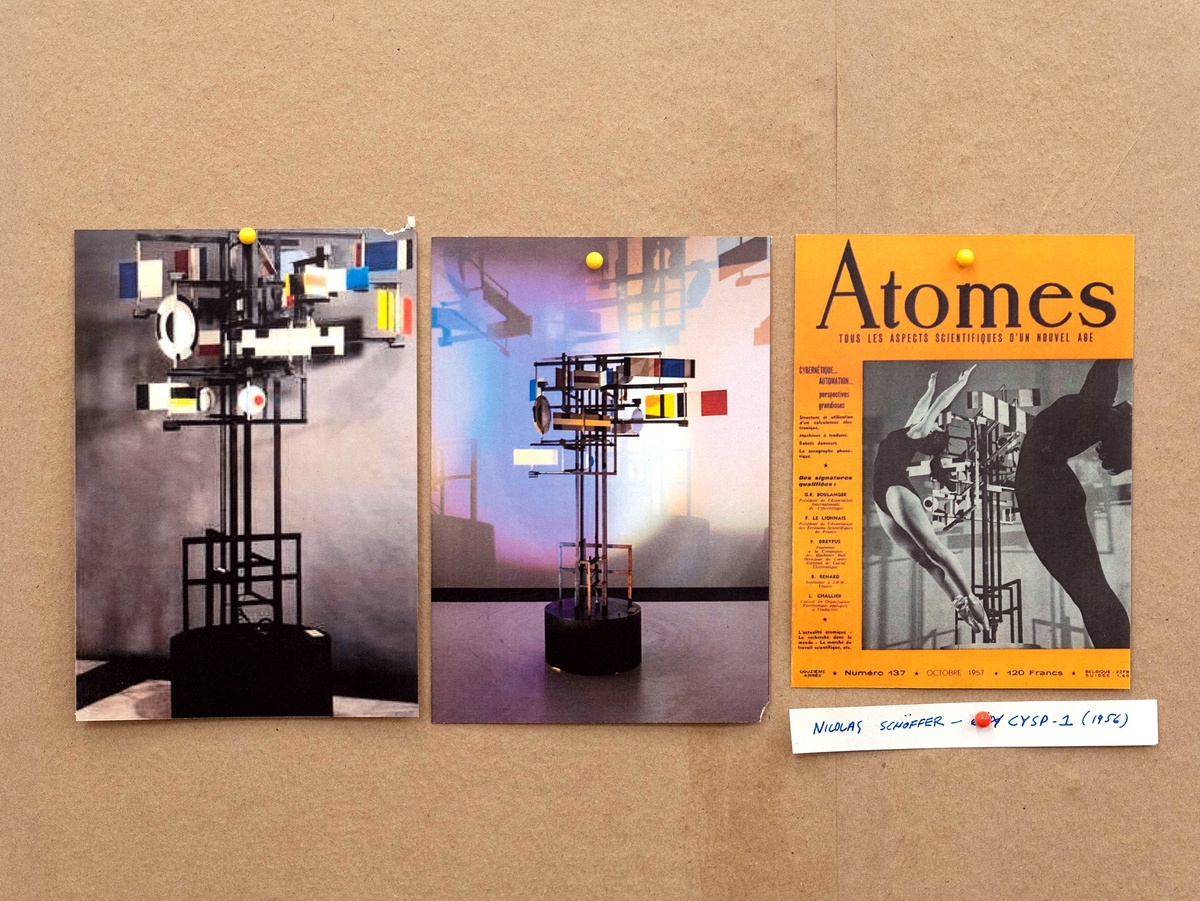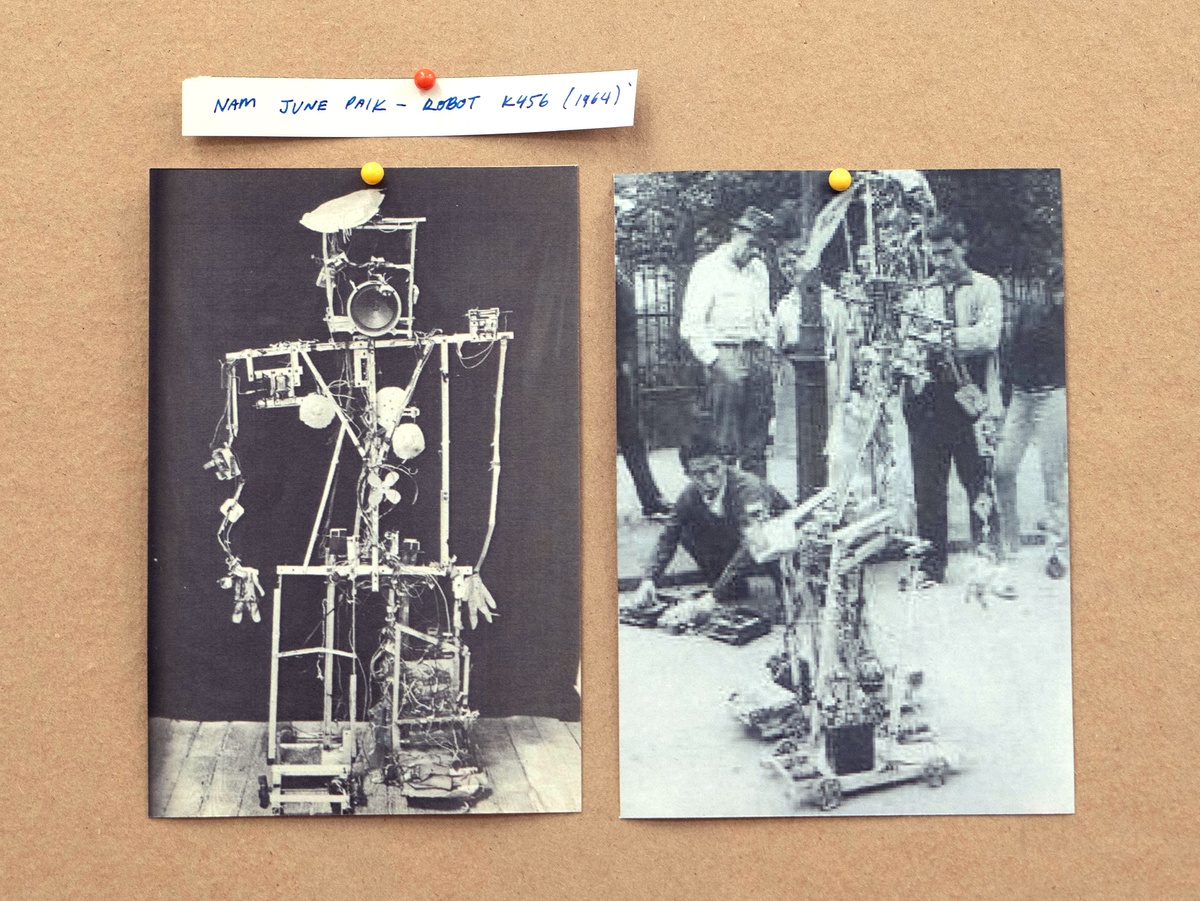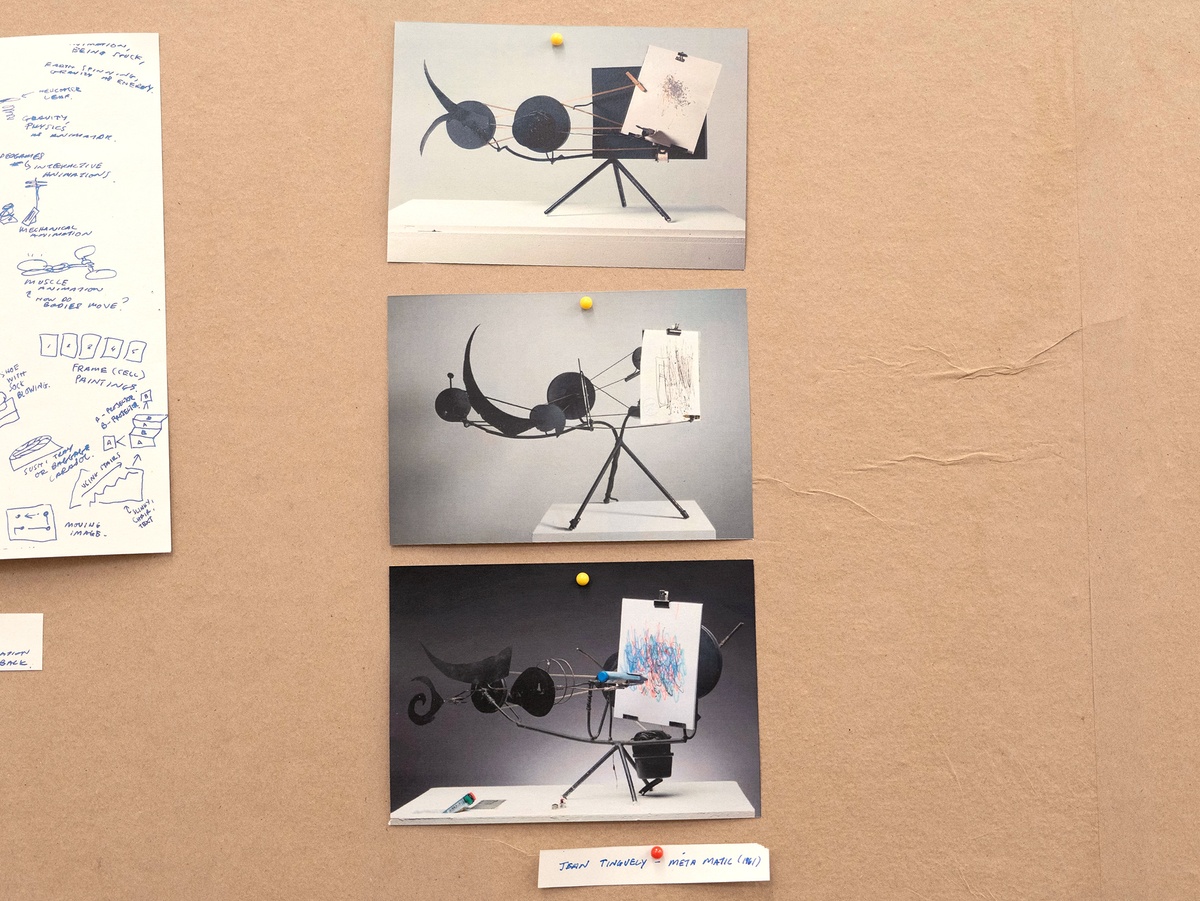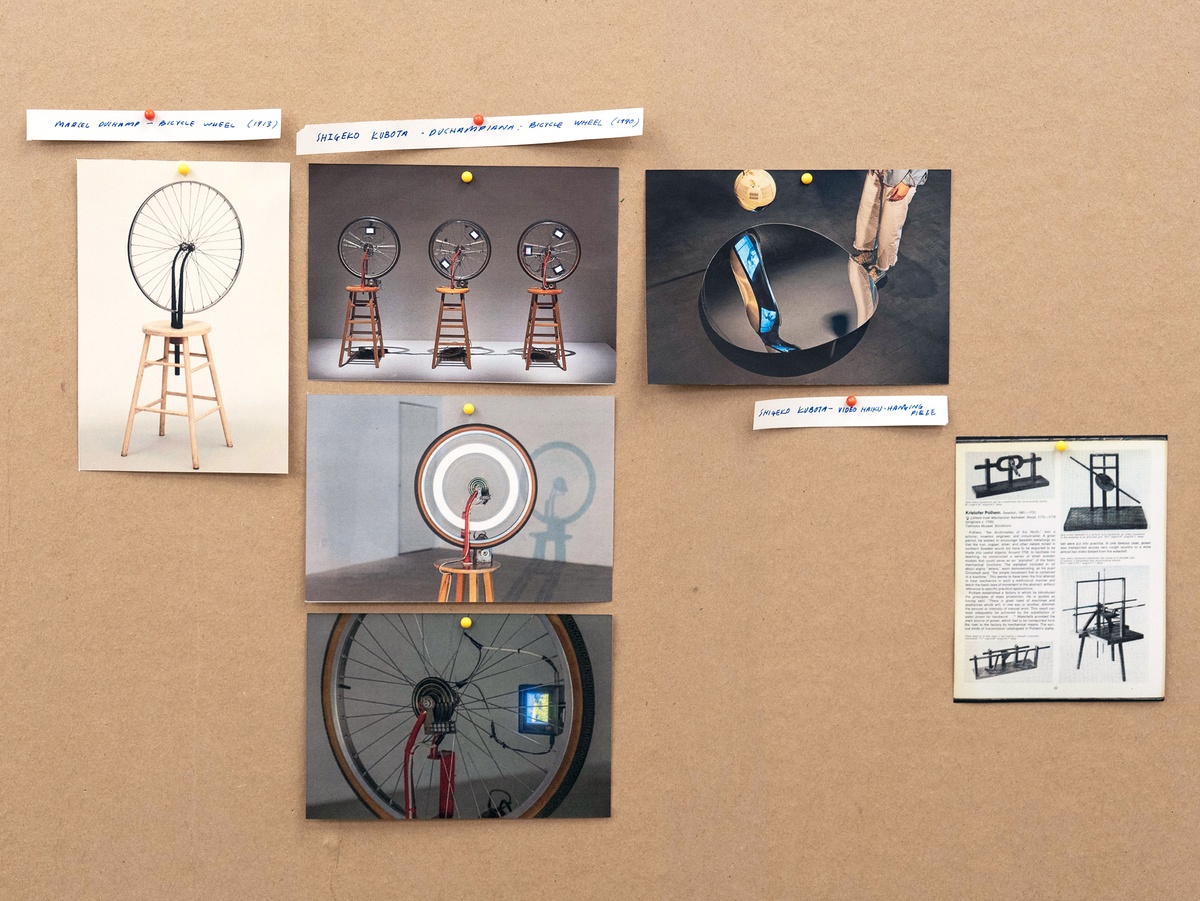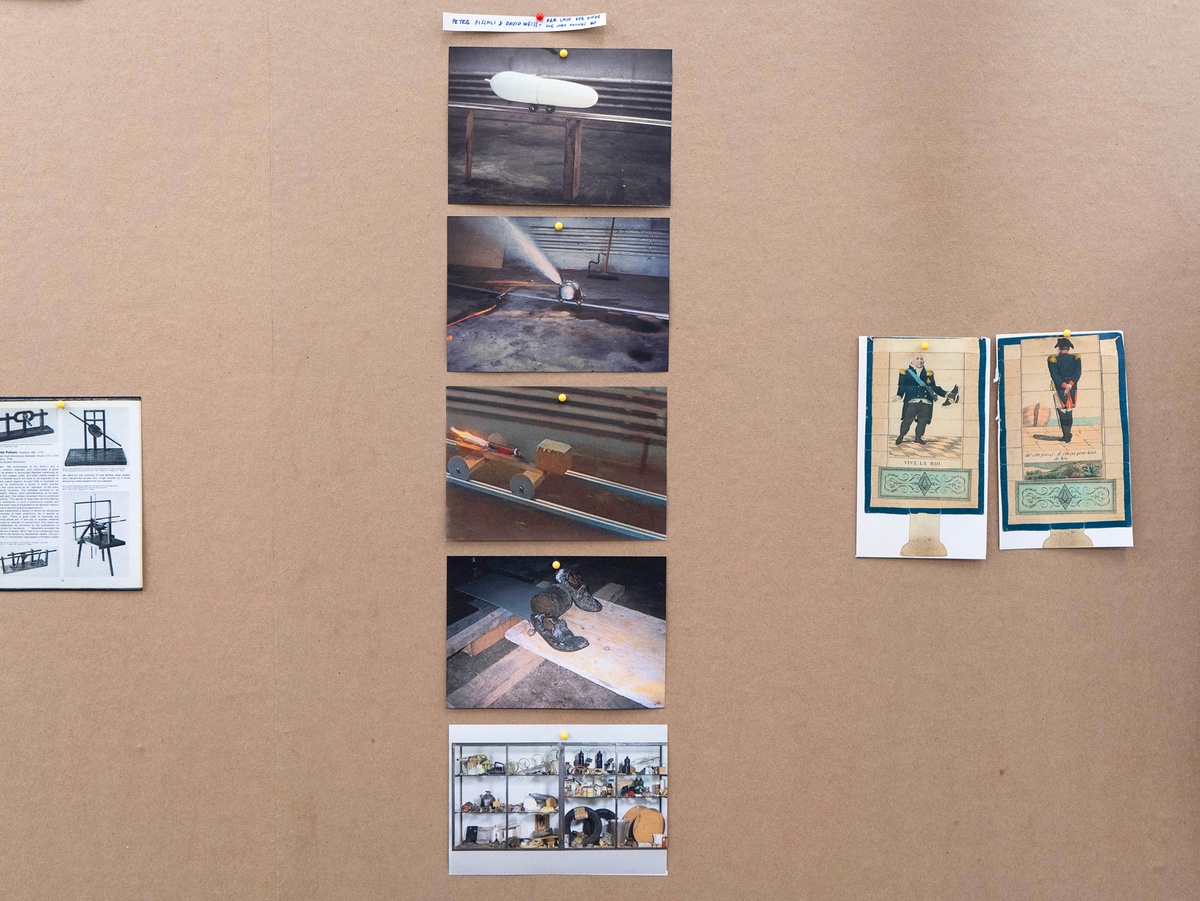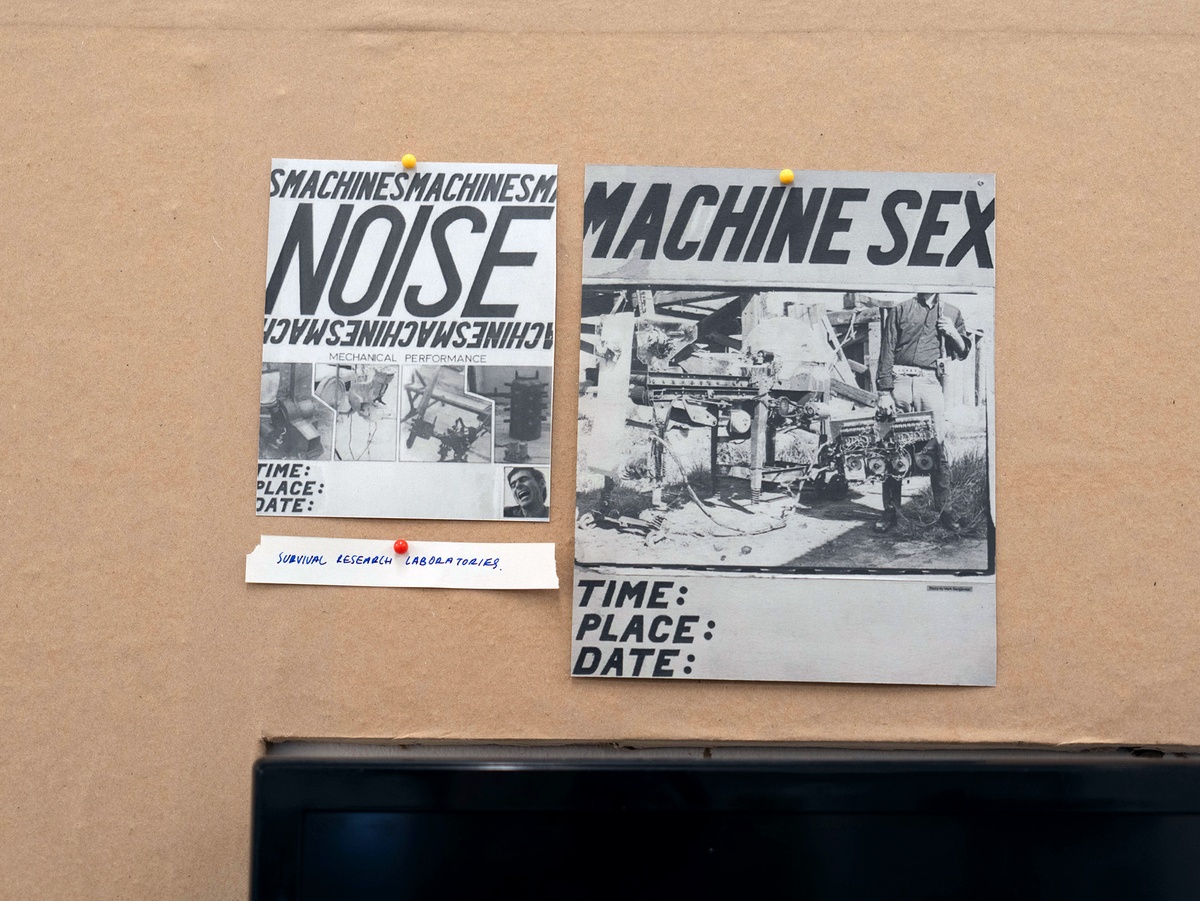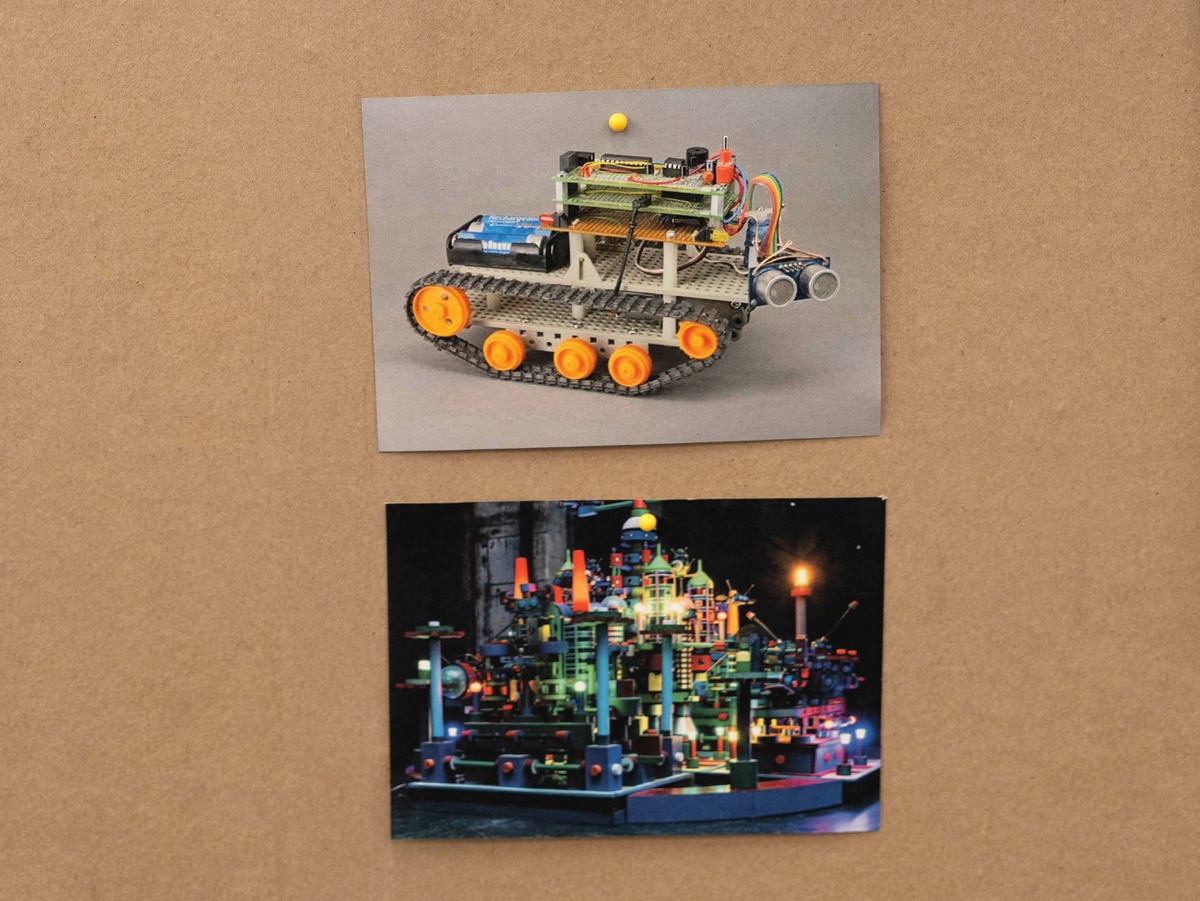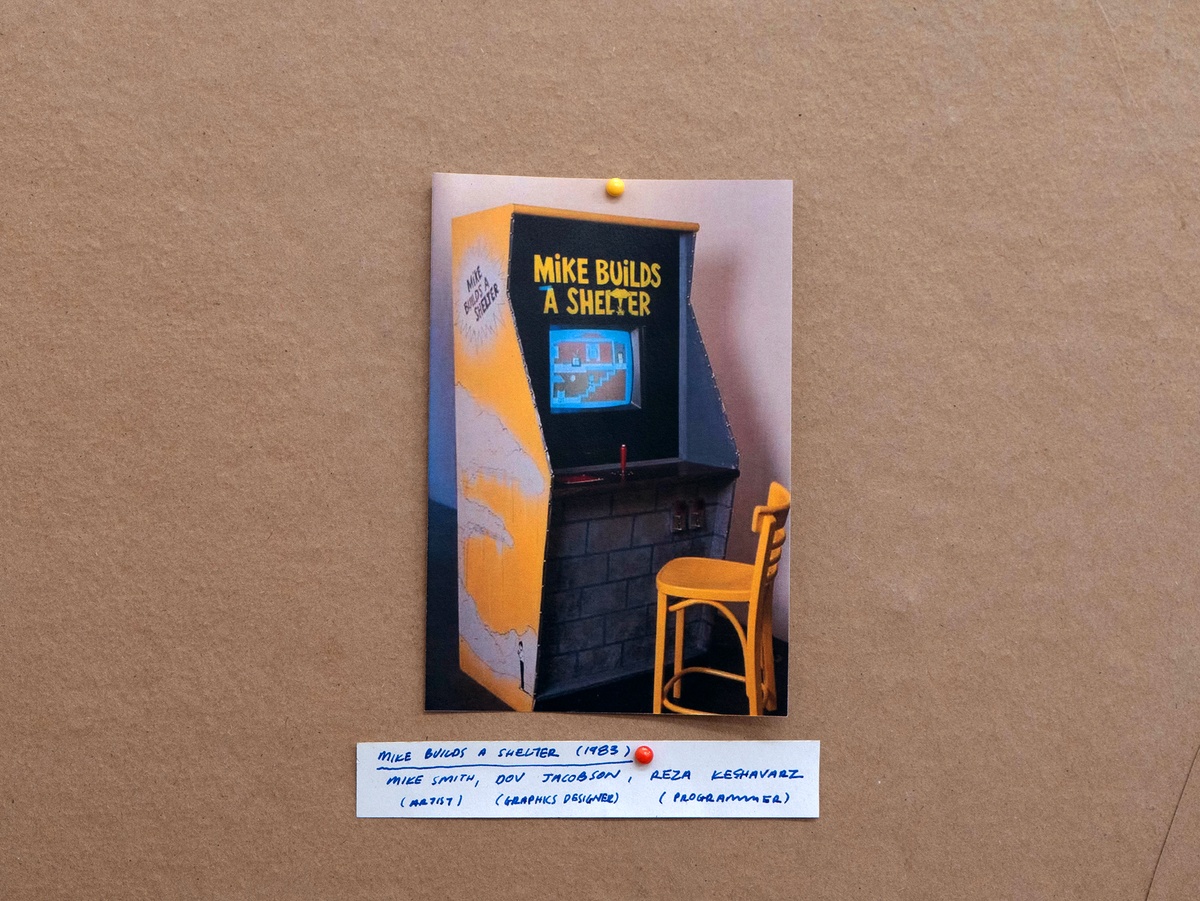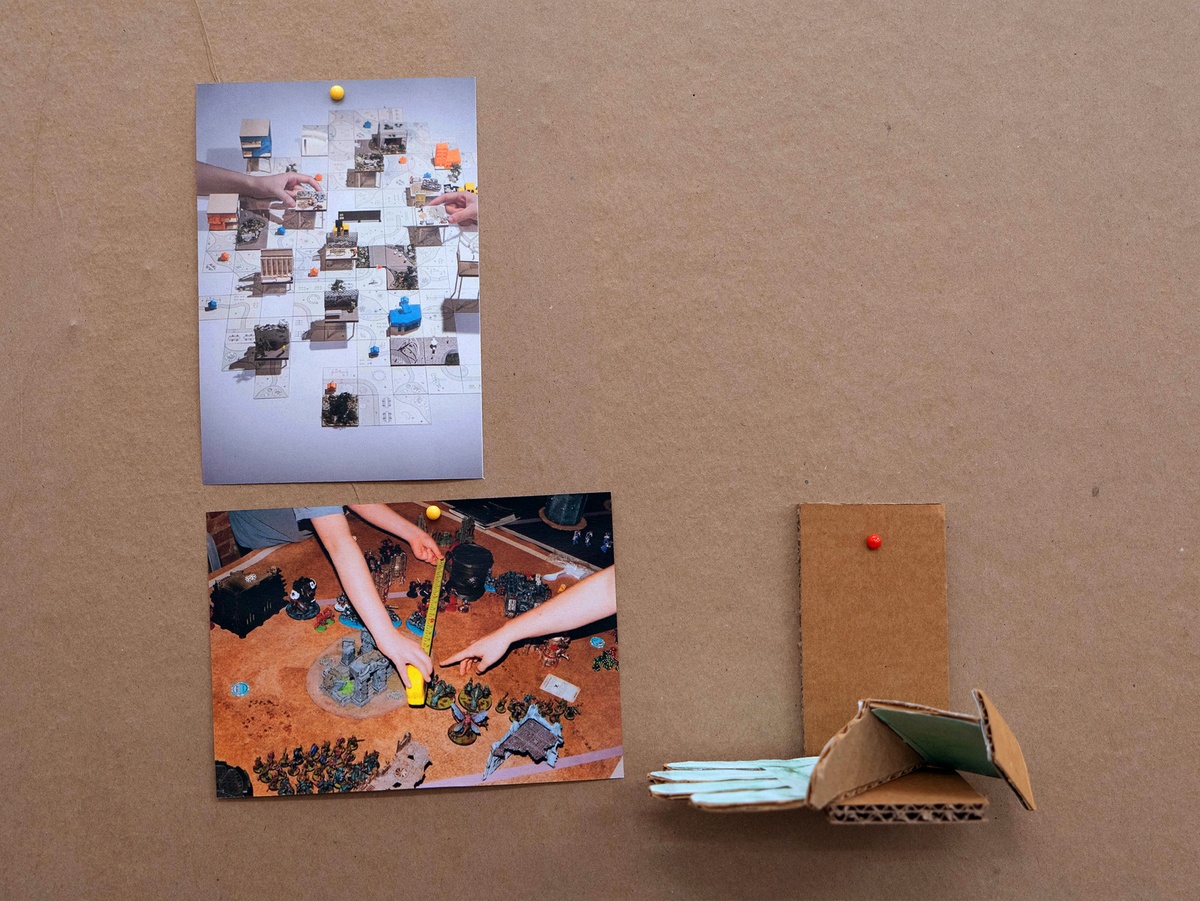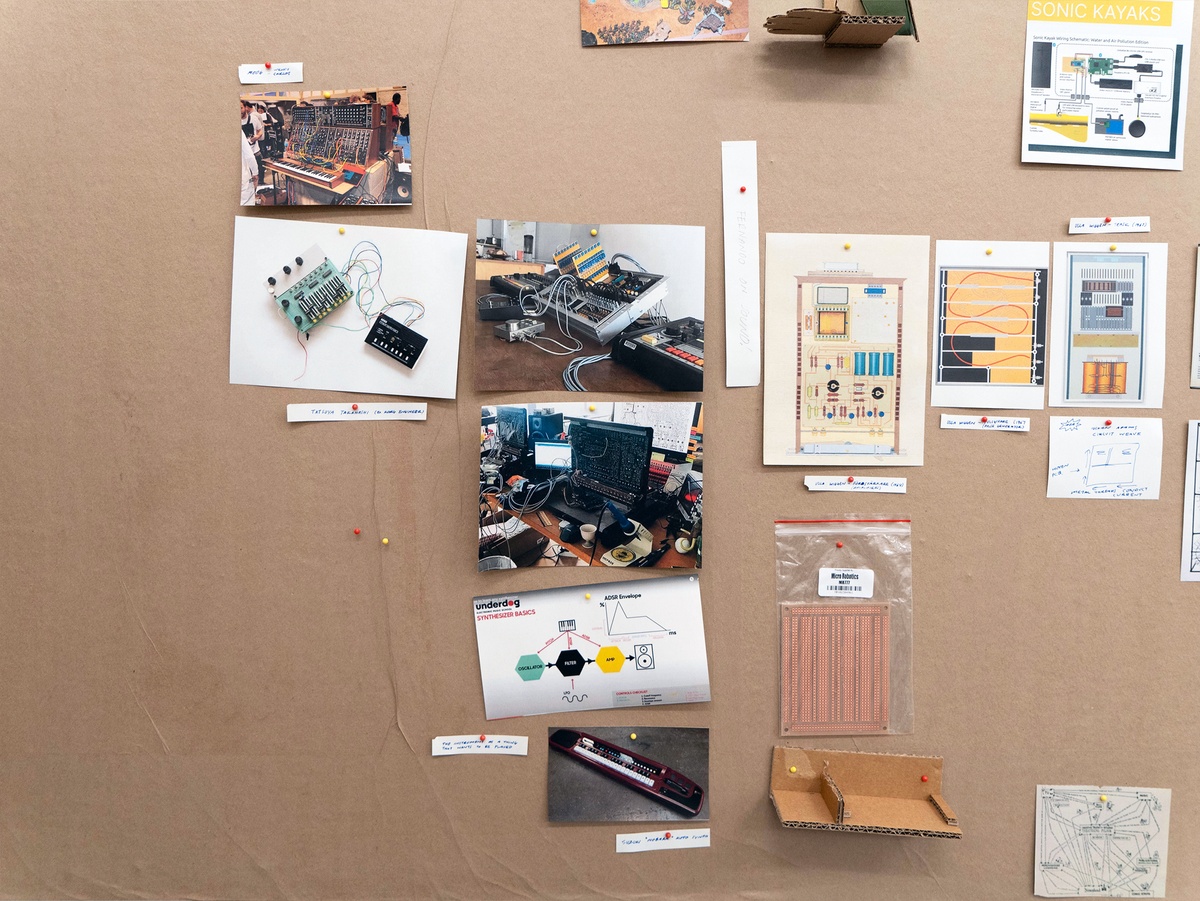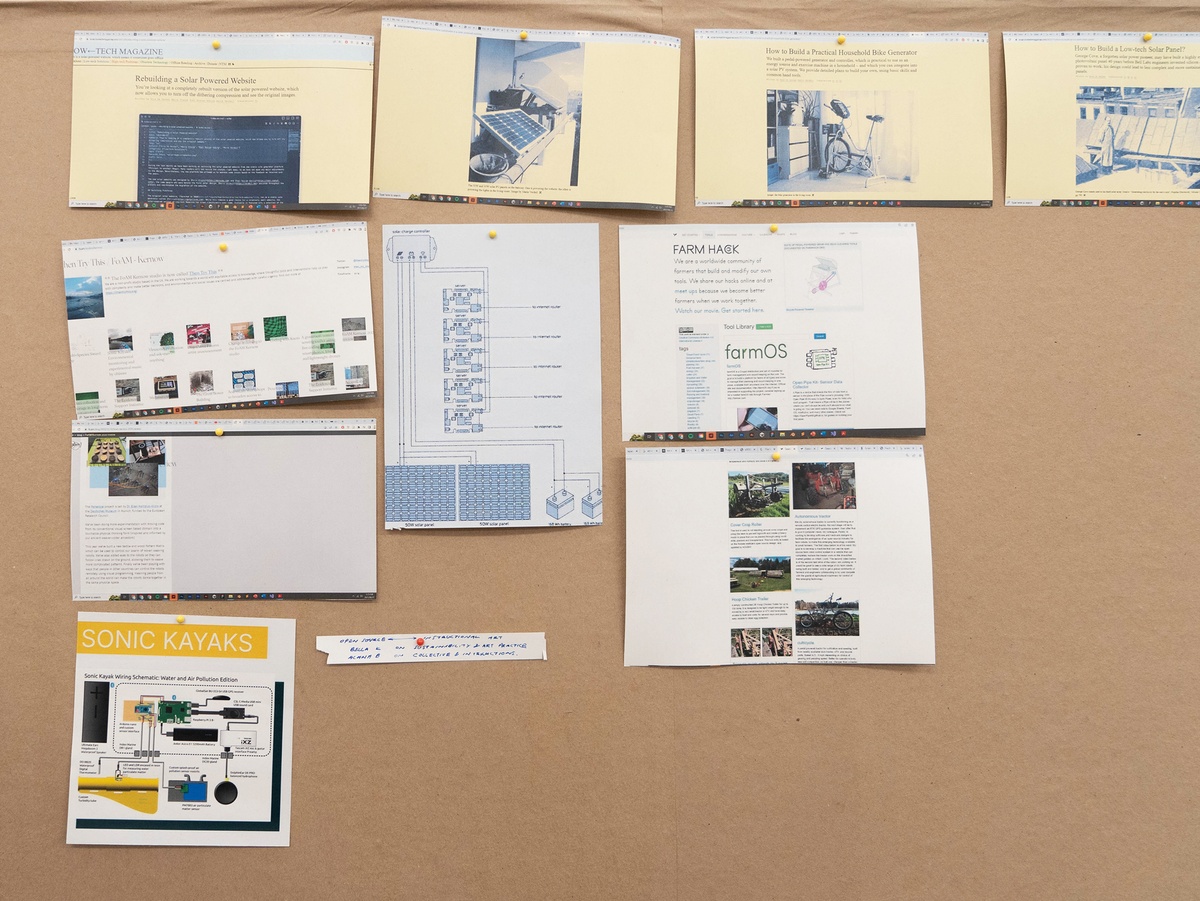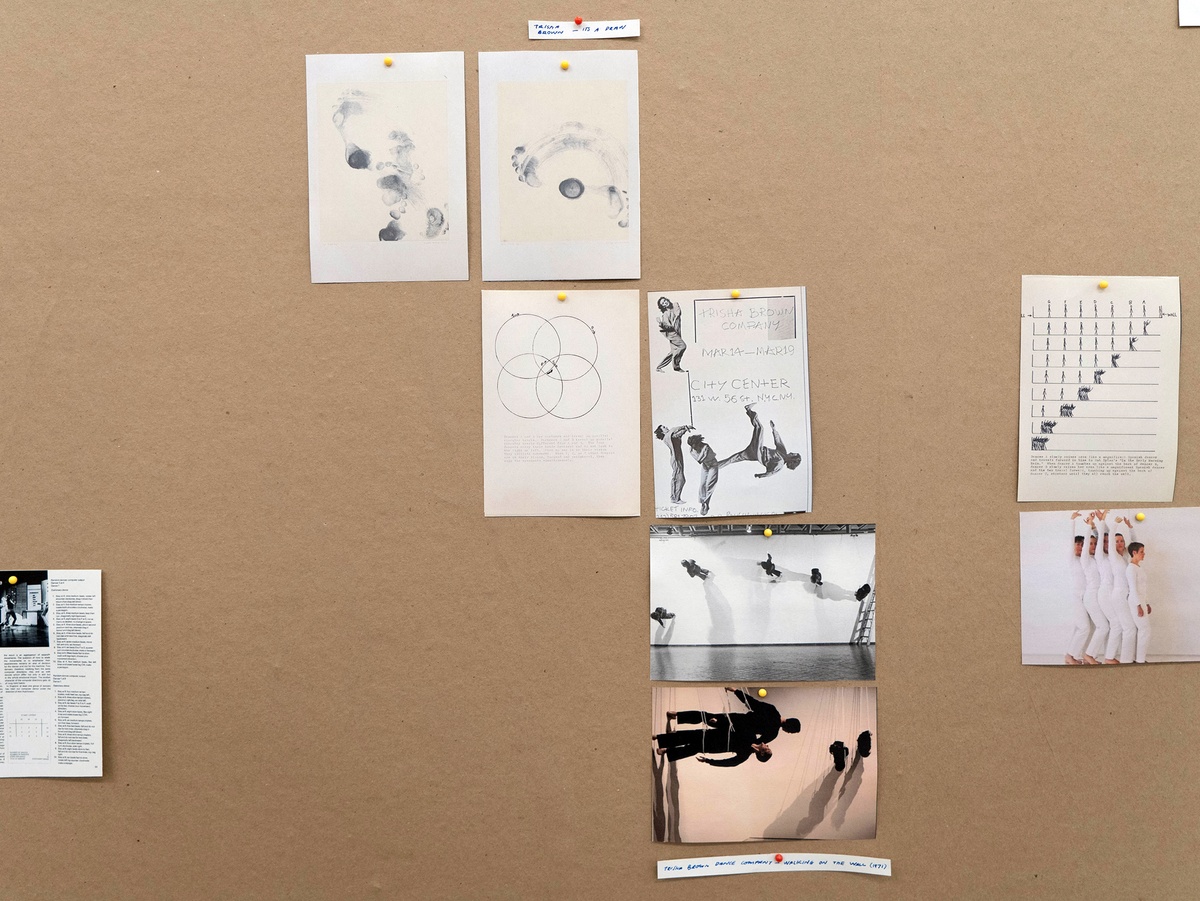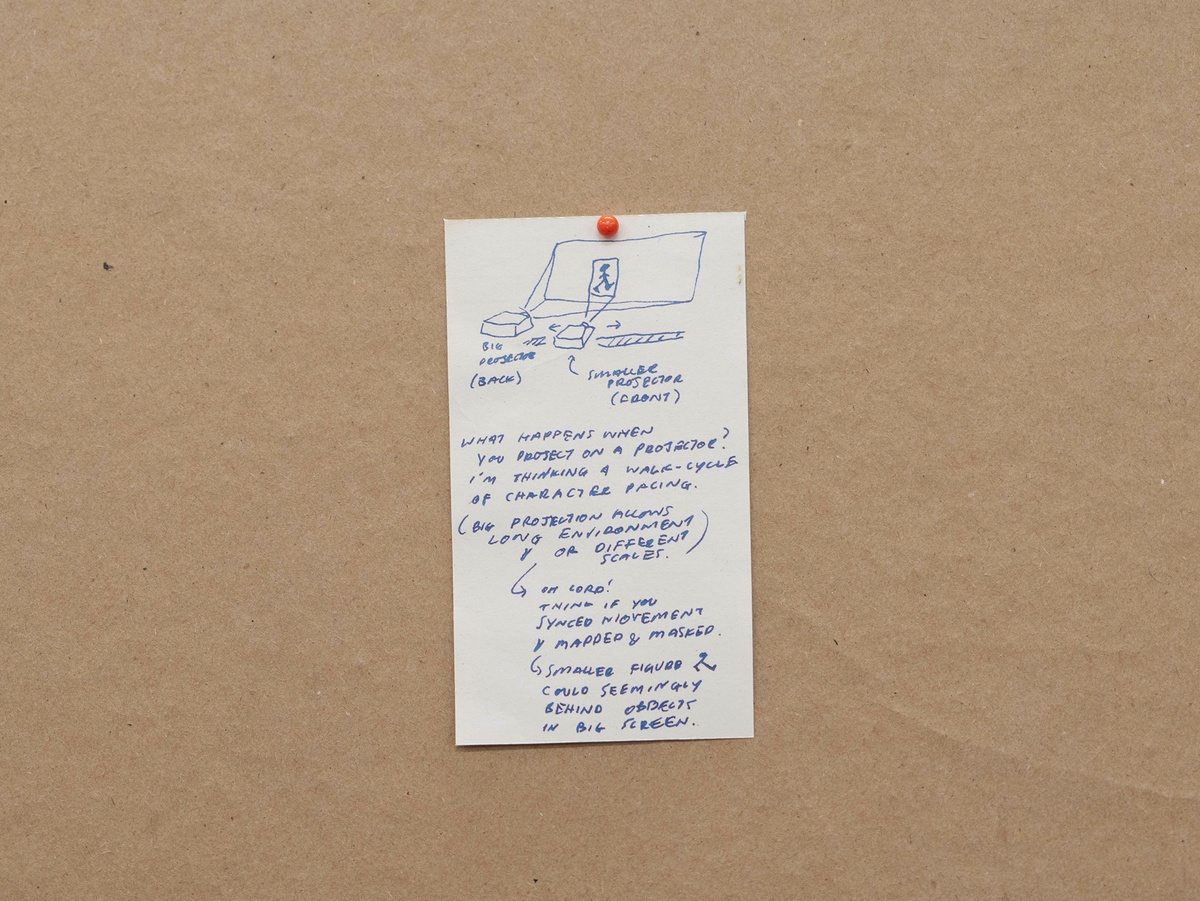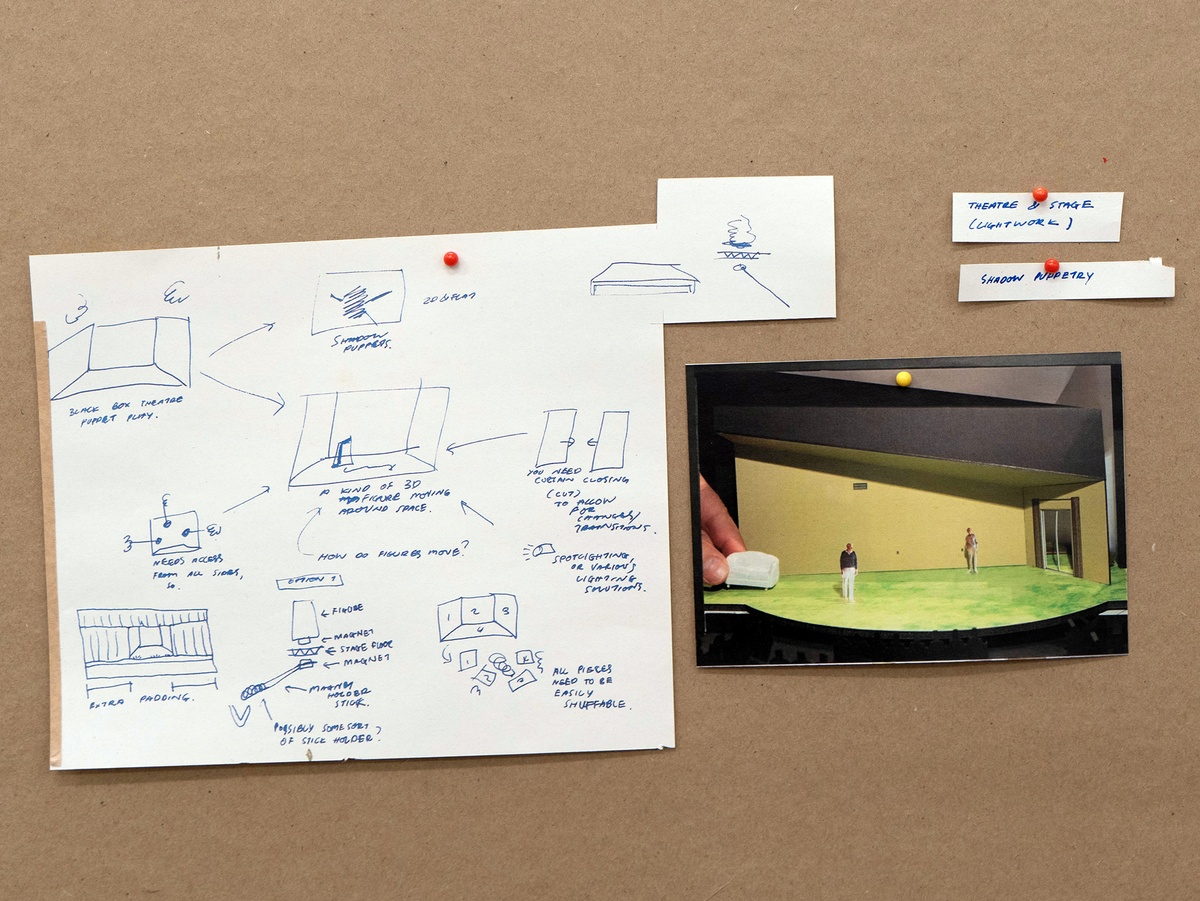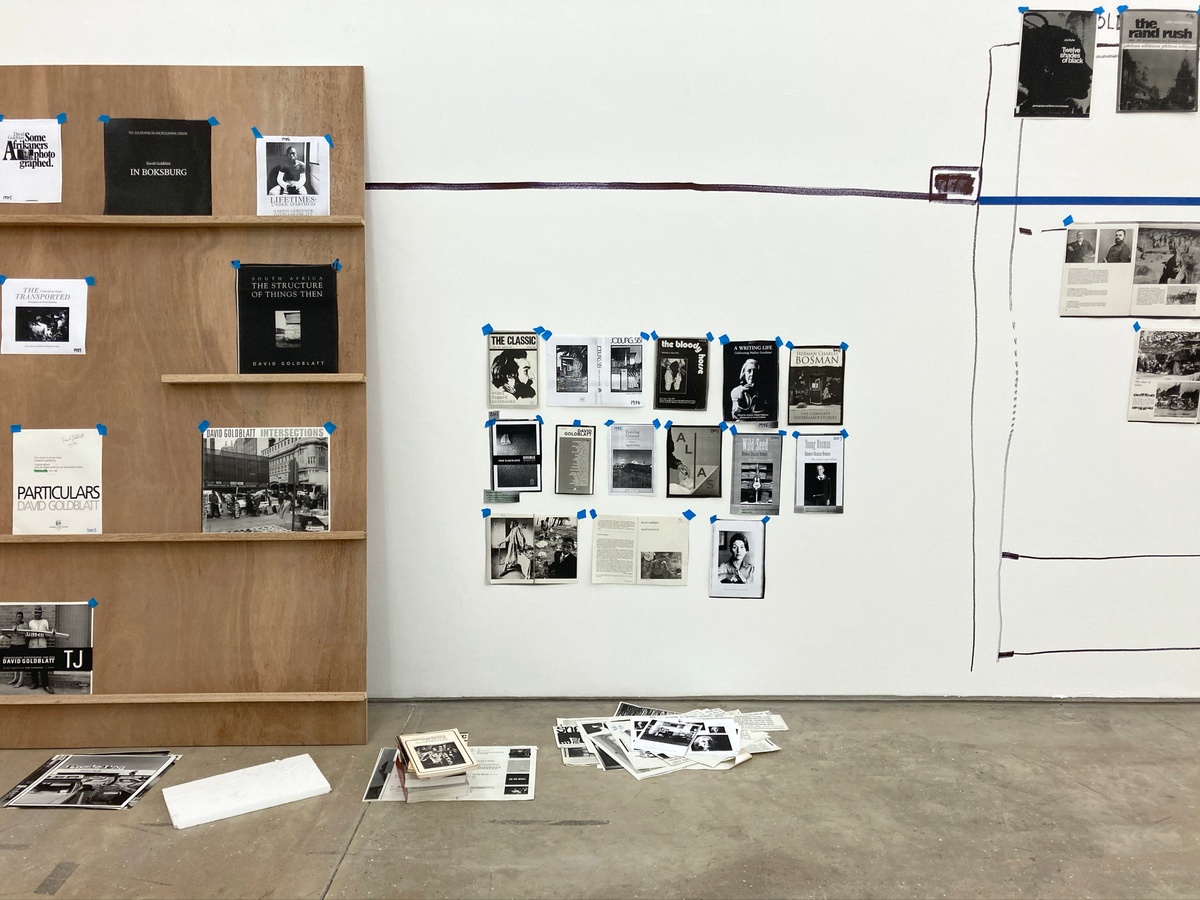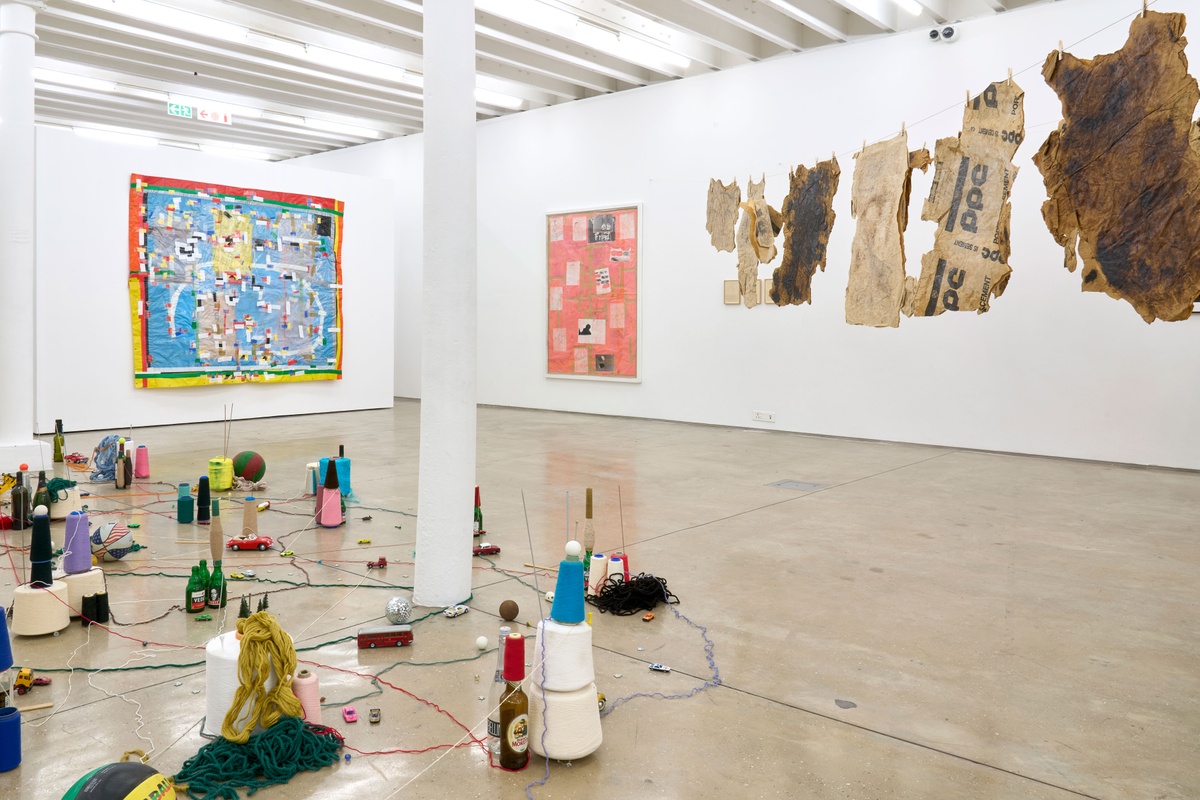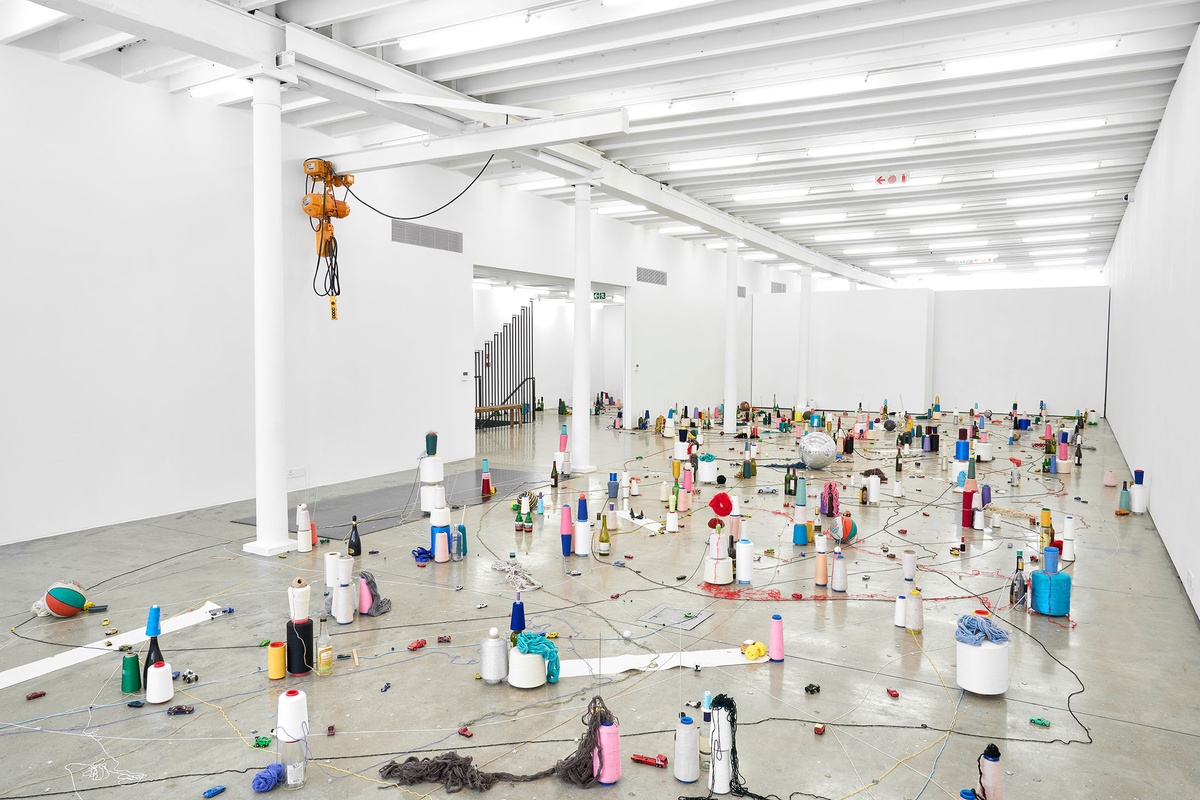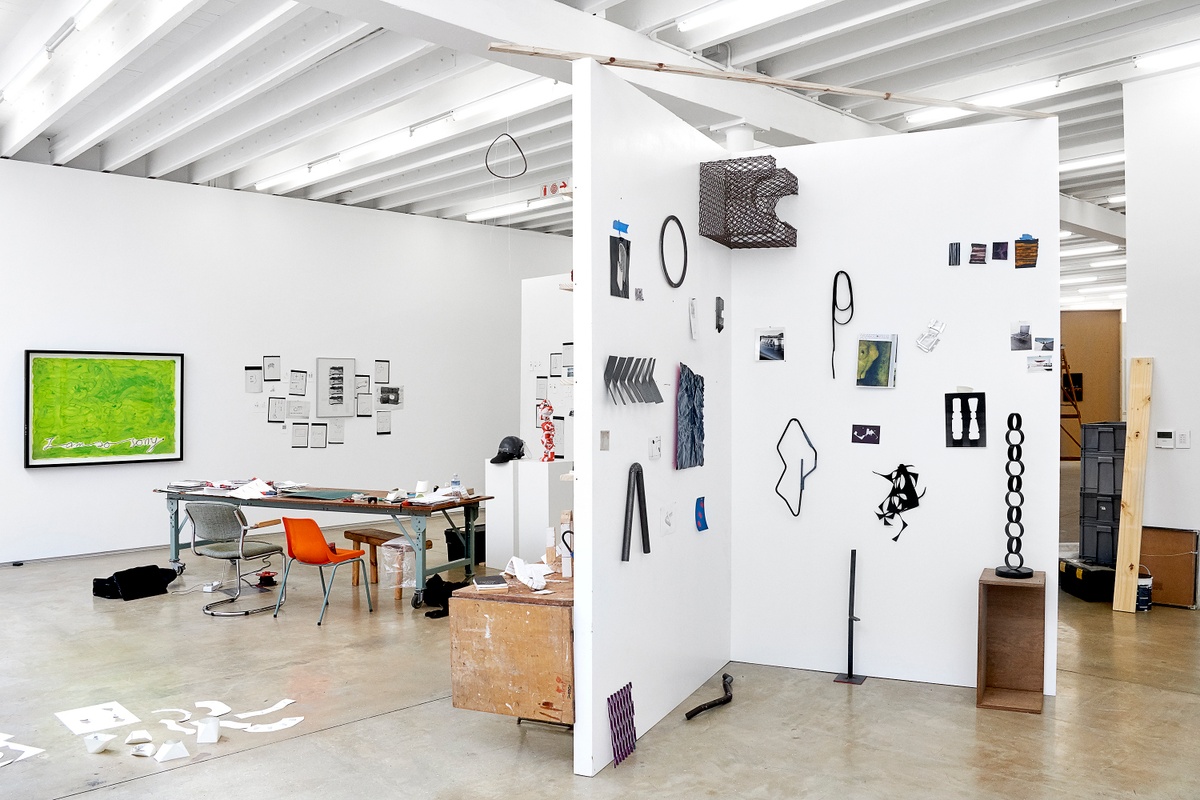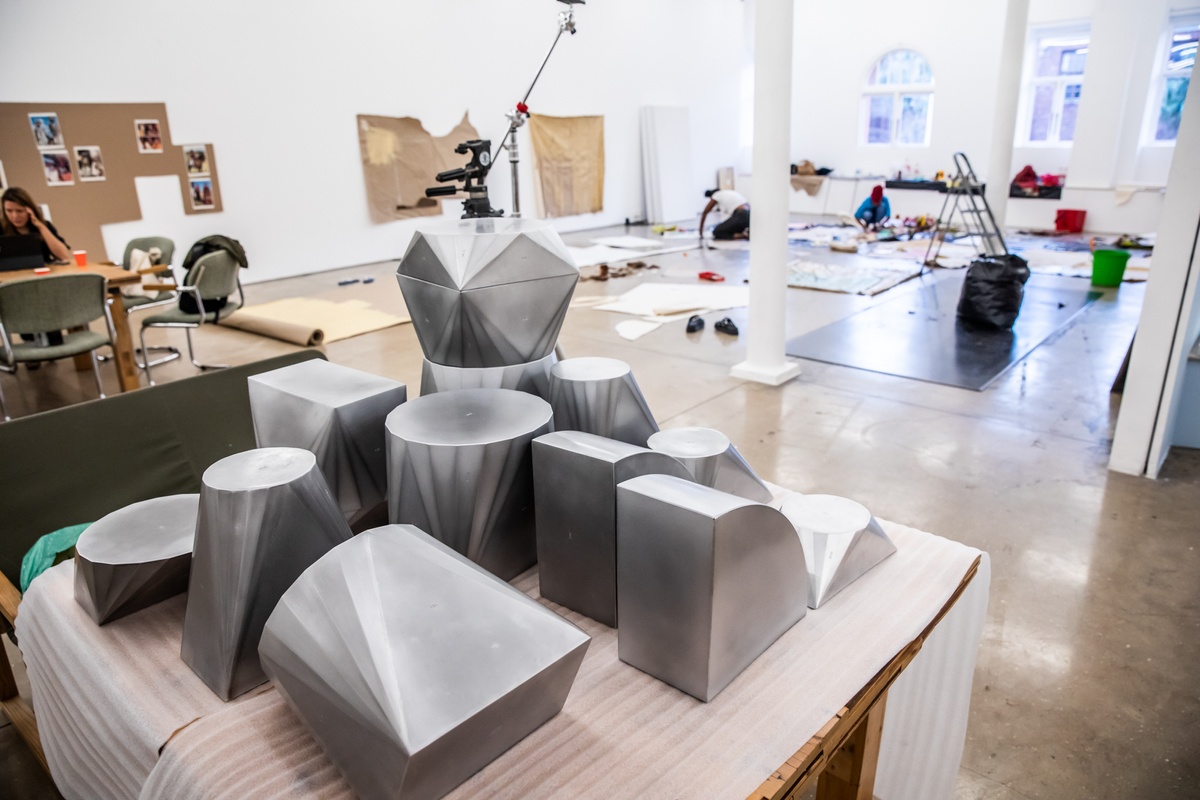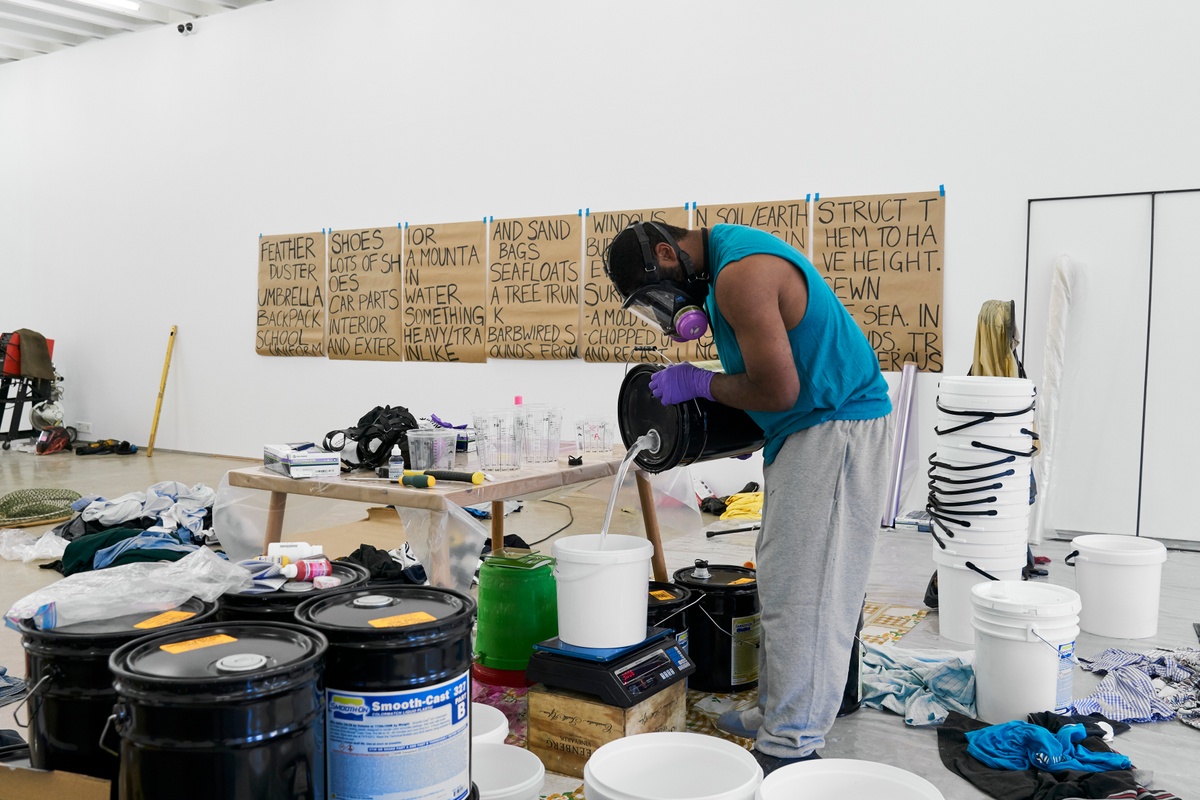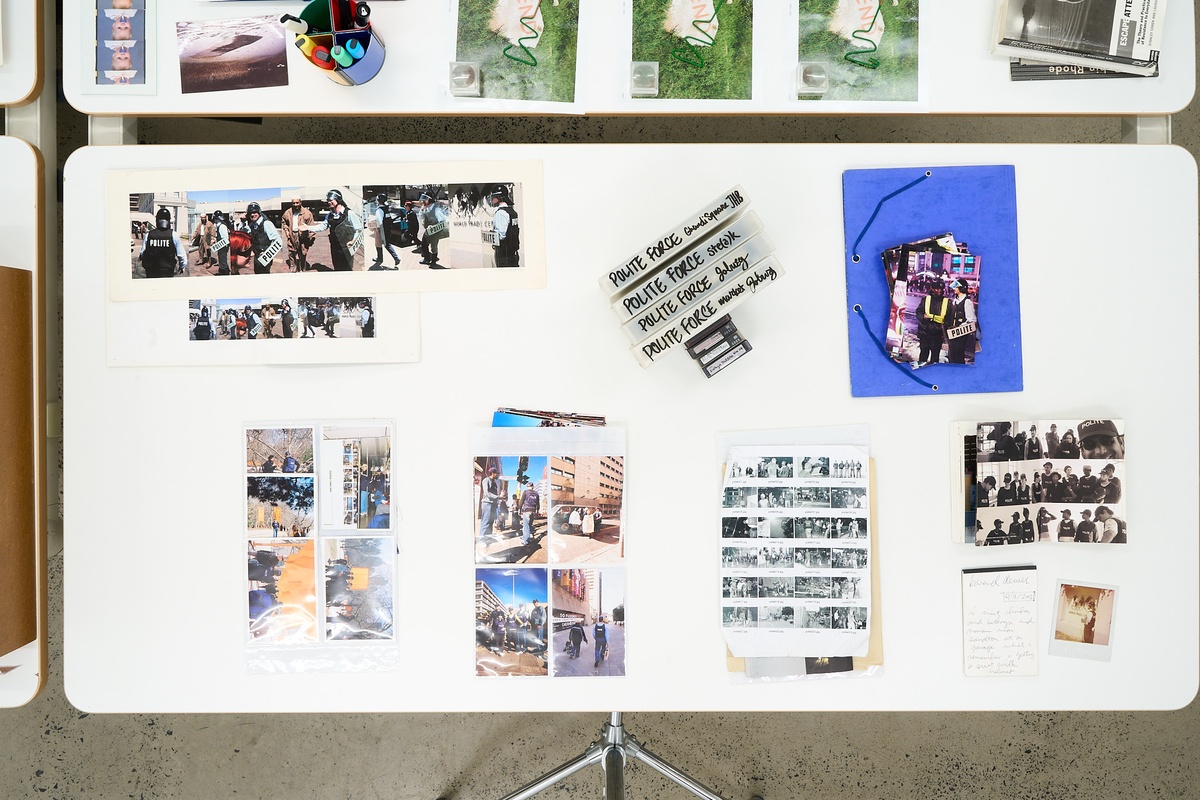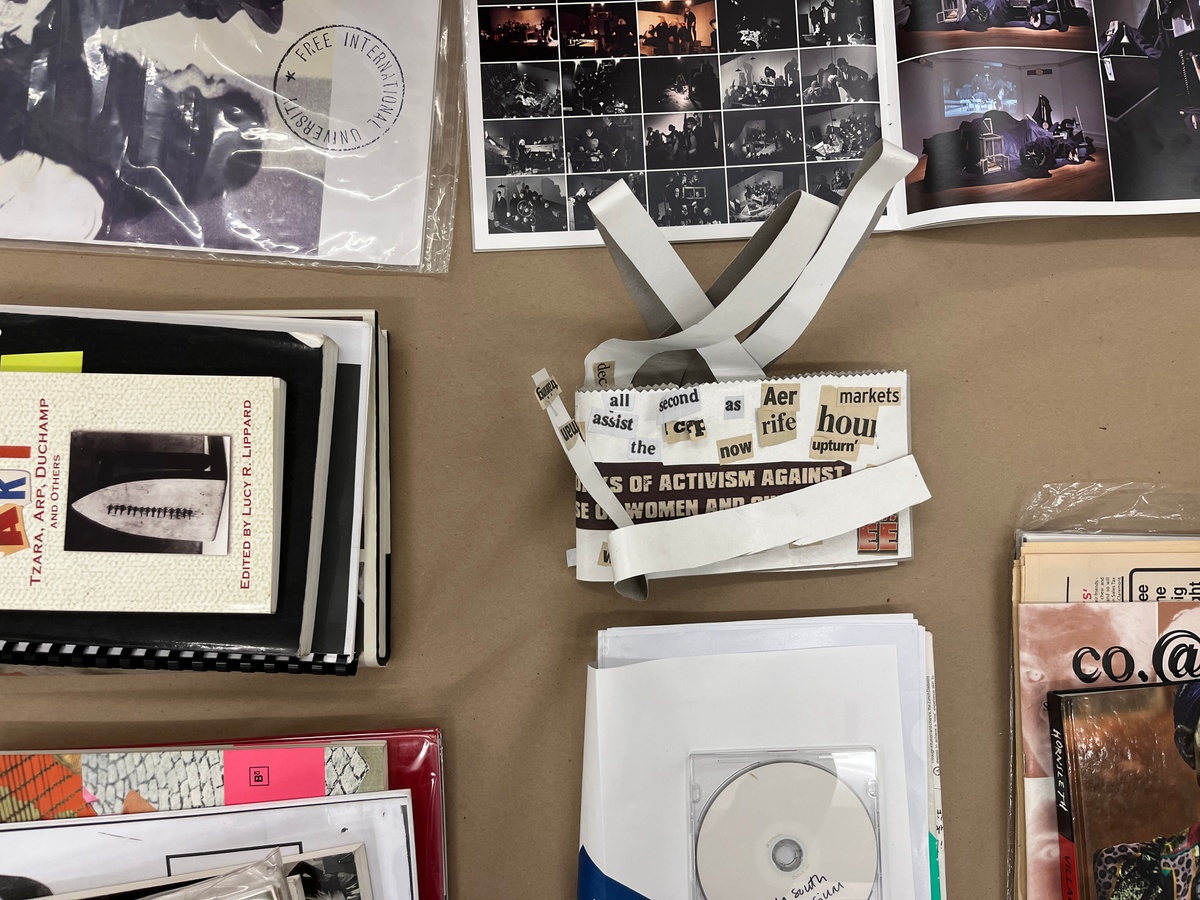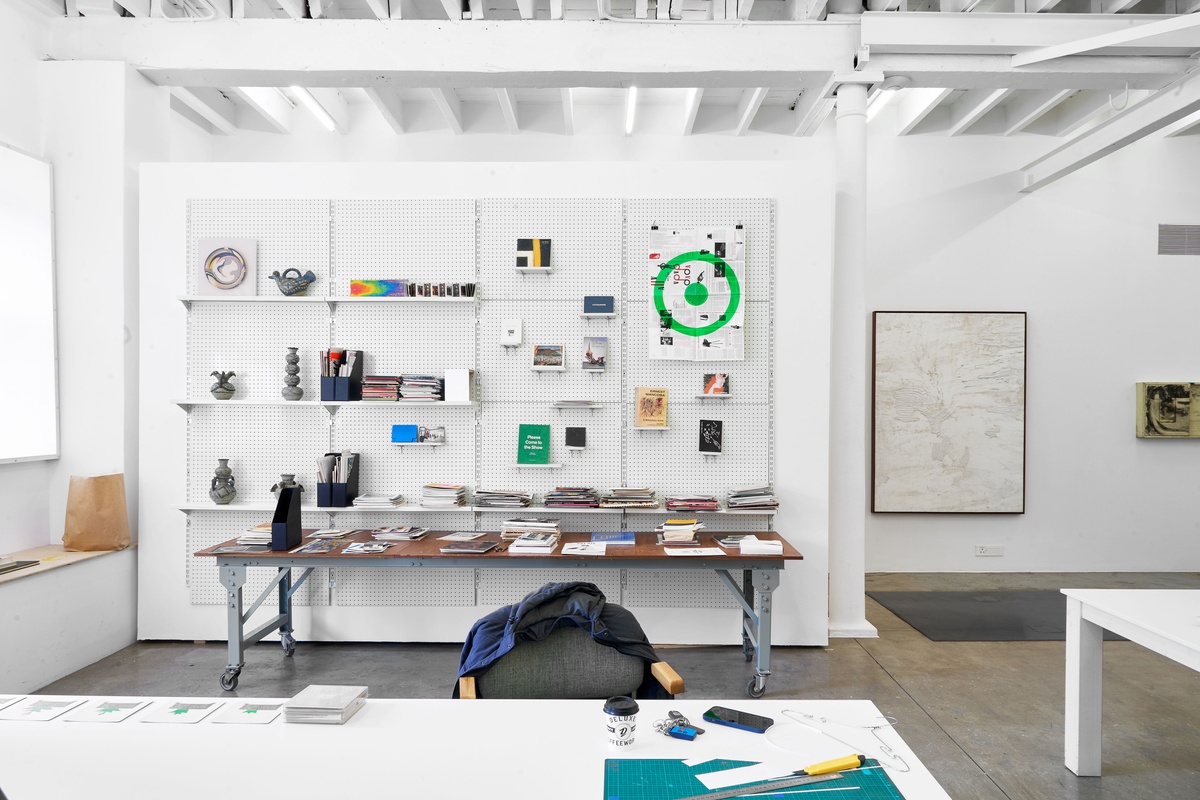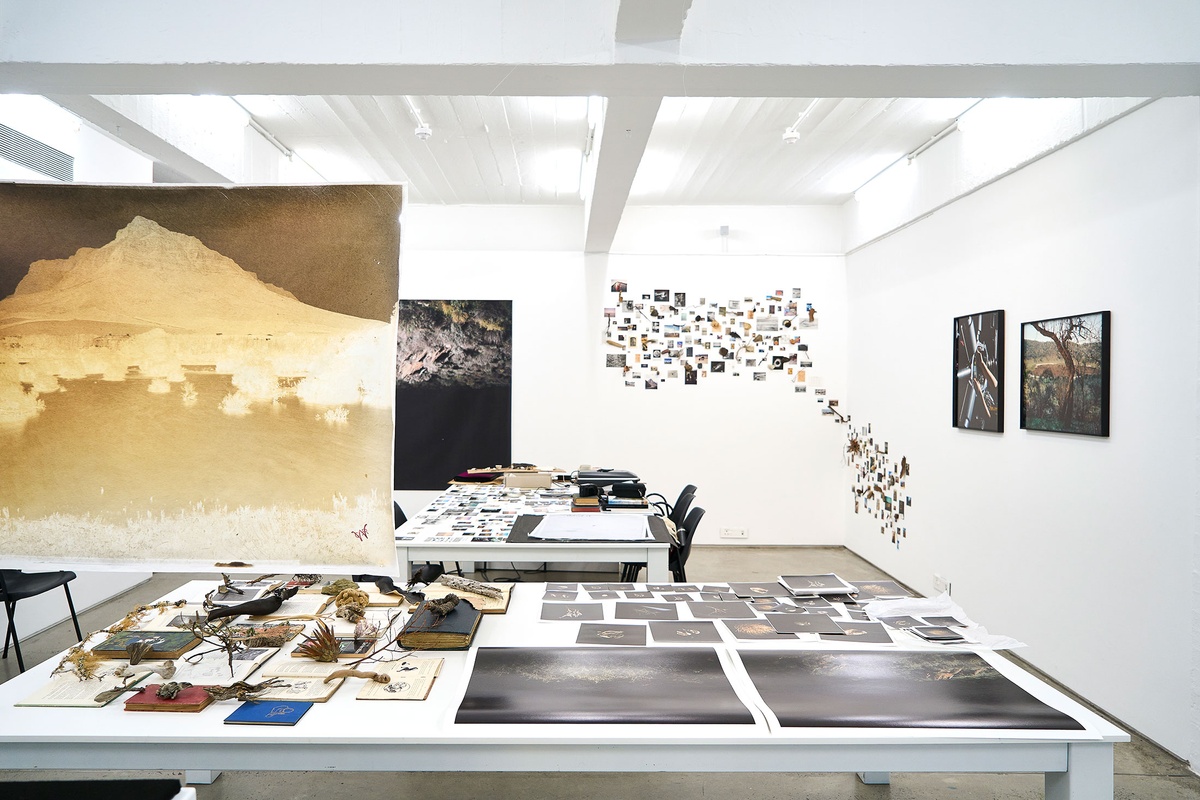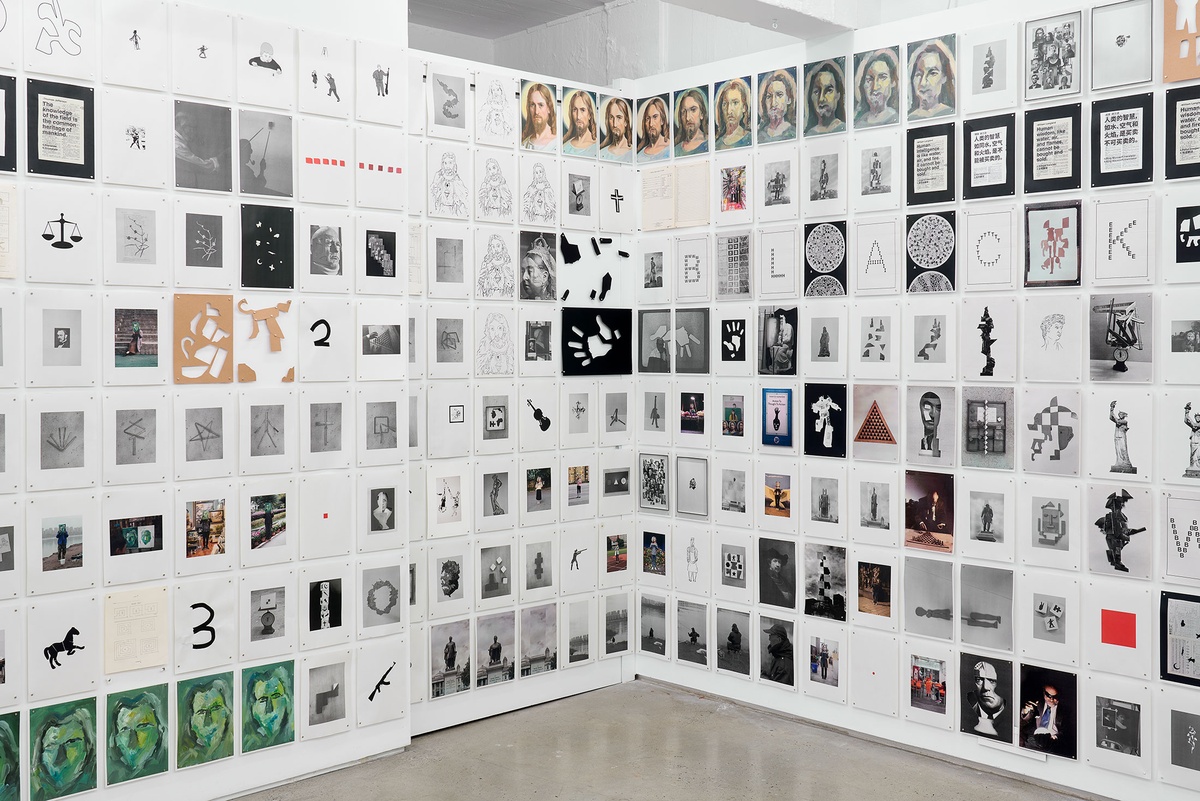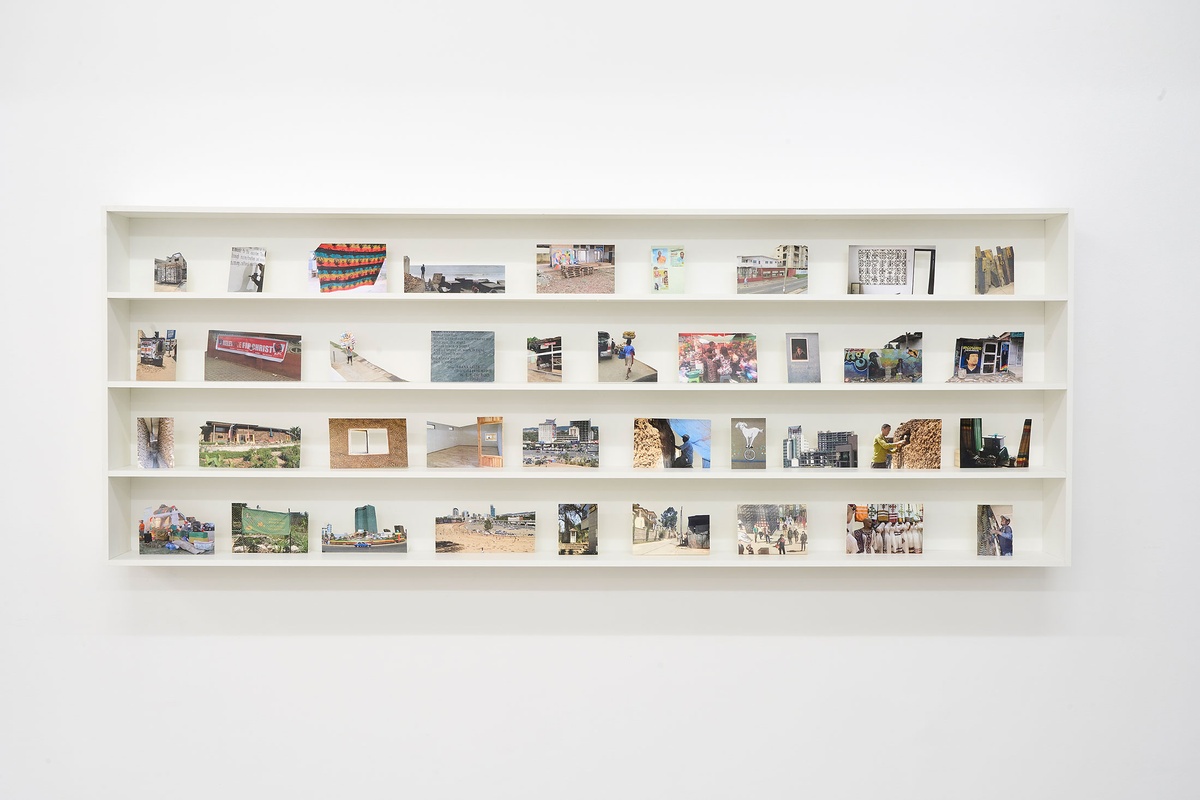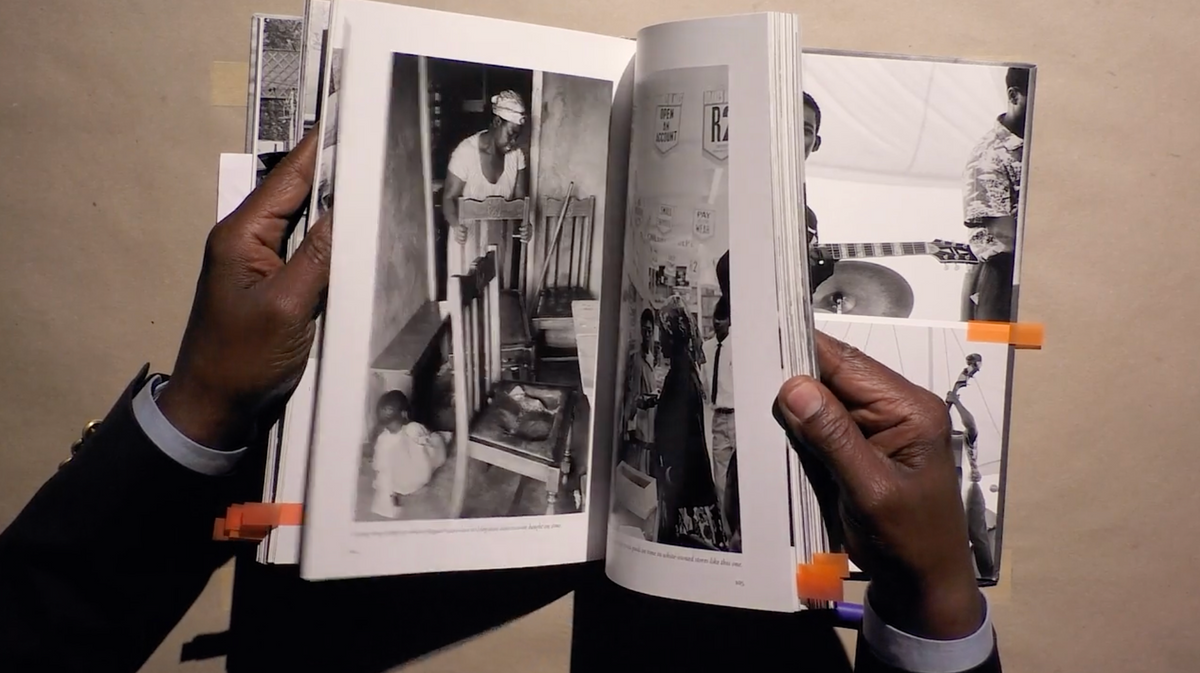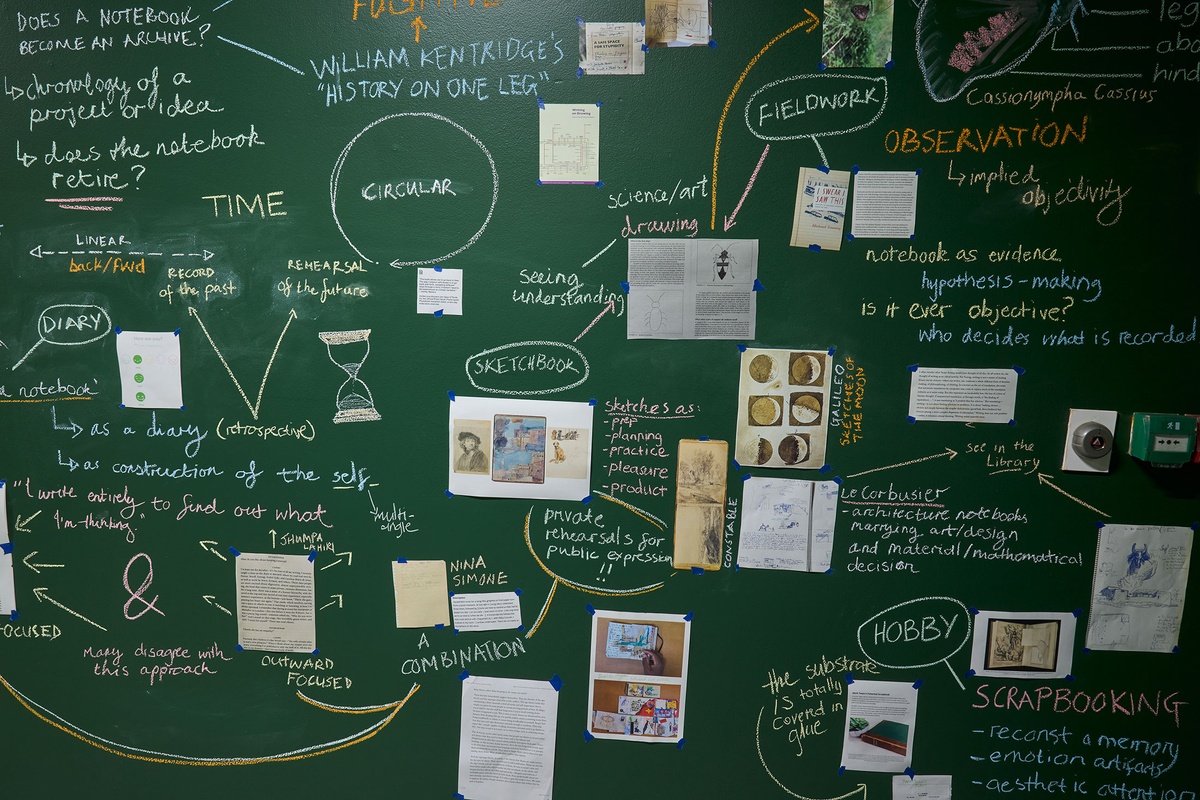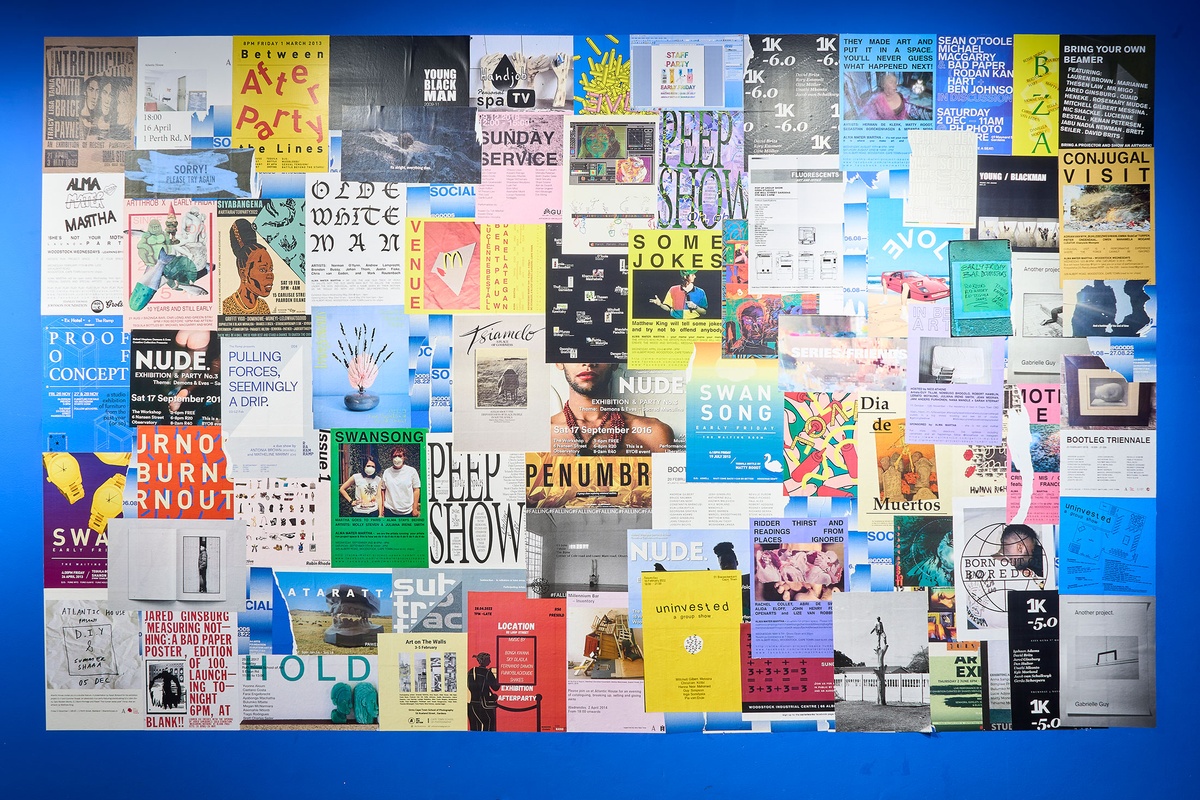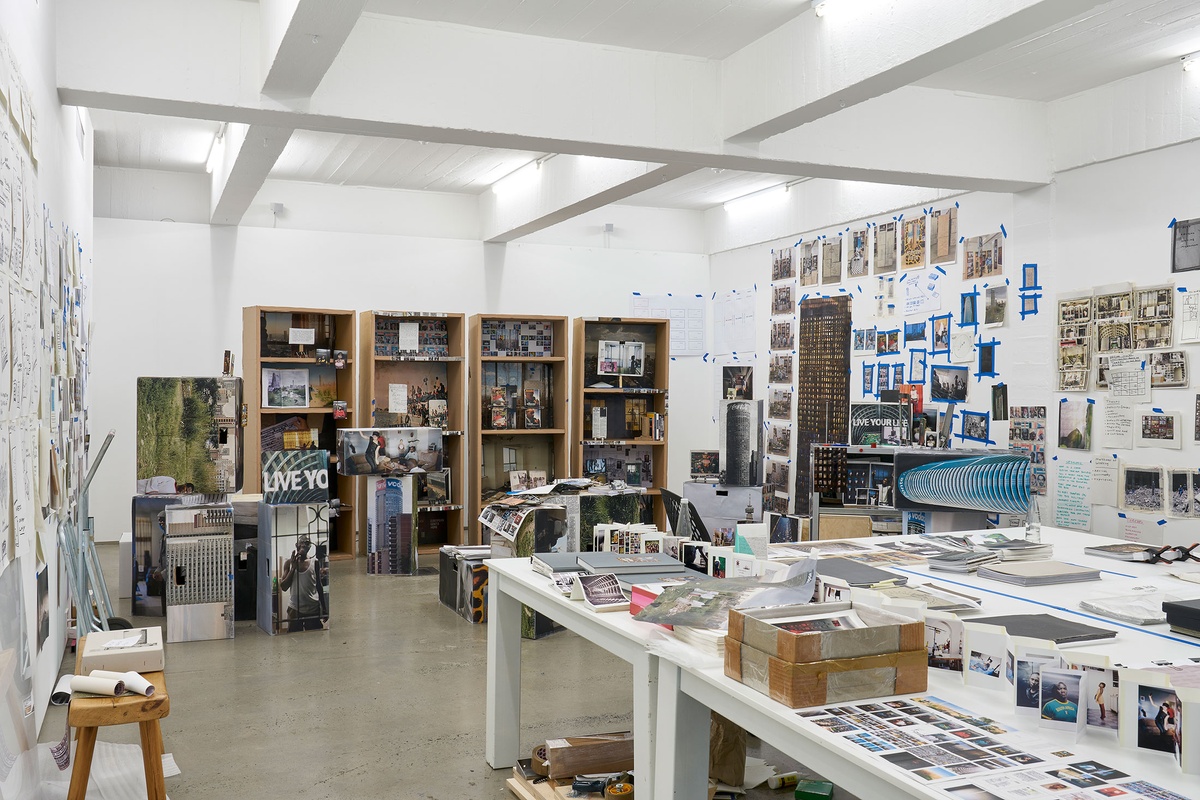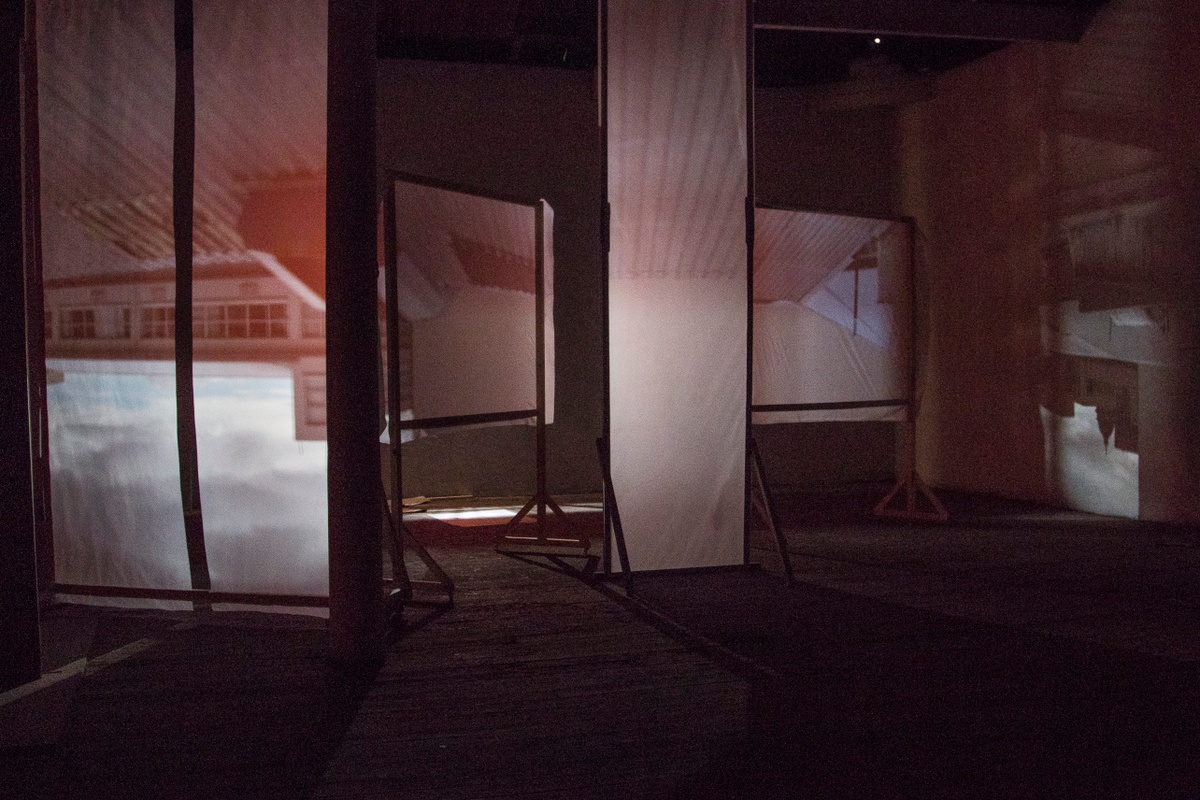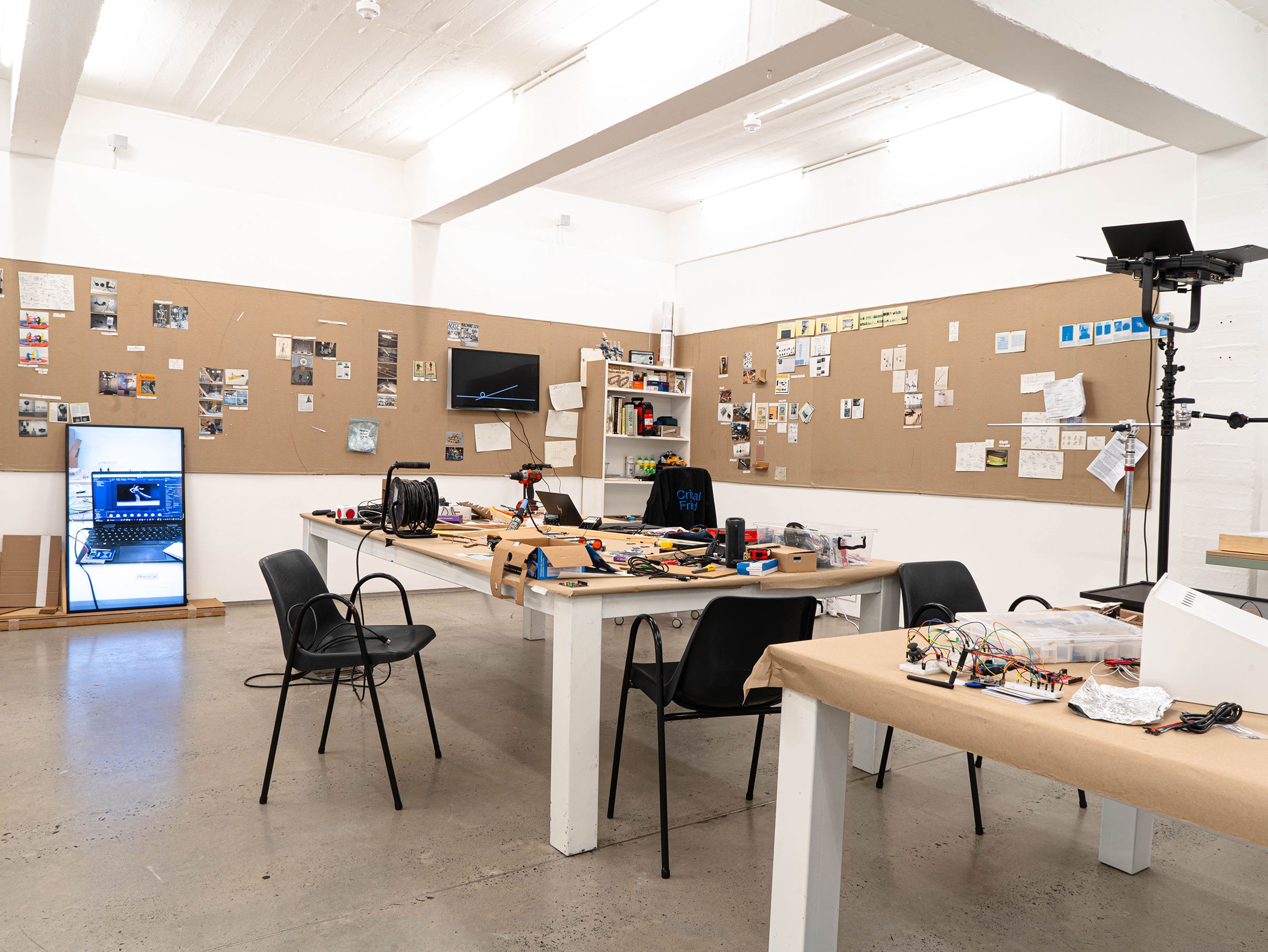
Curators at A4 will sometimes take-over project spaces (where Goods or the Reading Room may stand fallow between exhibitions or events) for material research inquiries or to prototype exhibition strategies.
Mitchell Gilbert Messina utilised the Reading Room for research towards a possible exhibition in the Gallery, working titled: Things That Move.
–
A4's Reading Room is an adaptable space attached to A4's Library and Archive. Intended to solve for form depending on its required function, it is at once a book-ish environment for reading and contemplation and a place to unpack artists' archives. The Reading Room's inter-leading doors become walls when locked to create a stand-alone spatial research studio that hosts residents and practices site-specific work that most-often is connected to packing and unpacking projects as a form of research.
Research notes from Mitchell Gilbert Messina's residency, June 1, 2023–August 25, 2023. – Janurary 10, 2024
A series of projects, workshops, events and residencies at A4 invite practitioners to play out enquiries in our Curatorial Studio, making artistic processes and research visible. – April 9, 2025

